Archive
NOTE ON THE ARCHIVE
Gilroy is a prolific abstract and figurative artist with over 40 years of work. There are many holes in our archive, due to sold work with no concise record of the piece’s information. Please if you are an owner of one Gilroy’s pieces, reach out and send us a photo to add to the archive. The creation of his official archive started in July 2022, and prioritizes the artists wishes concerning the inherent connection between pieces while also considering when they were created.
BEFORE AND AFTER 9/11: GILROY'S FALLING FIGURE
BEFORE
In May 1998, Dactyl Foundation gave Gilroy his second solo exhibition. Two works in particular, Untitled 2., 1997 (33 x 25" oilstick on paper) and Untitled 3 , 1997 (33 x 25" oilstick on paper), represent figures that could be falling or dancing. In a body of work painted a year later, there are figures that are clearly falling, for example, Boxers, 1999 (48 x 38'~ oil on linen) and 1:, 1998 (48 x 32", oil on linen). In V the figure is shaped like the letter V or a downward arrow. Other V patterns echo throughout the figure: in the arms that both reach up, in the bended knee. Although the figure is falling, there is calm in the face of the hopelessness of the situation. In the midst of this terrible fall, there is a graceful slope to his back and arm. In Impact, 1998 (46 x 28" oil on linen), a painting done roughly in the same style as Boxers and V, a man crouches between two planes, which appear to represent buildings. The figure cowers, holding his hands over his head, as if to shield himself from something falling from above. His eyes look down. The two buildings in the background rush toward a vanishing point; yet, the figure is propelled forward. Somehow this reinforces a sense of both static gloom and energetic expansion that seems to pervade Gilroy's work. In another painting in this body of work, there are Three Figures, 1998 (44 x 68", oil on linen). Gilroy often forms planes through line and color. Here the blockiness of the background encloses some abstract dimensions, as the lighter areas of color recede. The arrangement of the three figures appears on a completely separate plane from the color fields, which appear to be buildings in the near and far distance. It is a clear blue day. On the left, a figure is falling head first. On the right, another figure, wearing a dress, enters the composition from above. Only her legs and part of her skirt are visible. Someone on the ground is ready to catch her. The generally oval placement of the three figures allows the eye to wander without starting or stopping; yet, each figure is complex and demands careful individual attention. Again here we see a contest between movement/confusion and focus/peace. In Gilroy's 1999 exhibition at Dactyl, the falling theme had completely taken over. His "Information Paintings" show multiple figures in free fall. Tangle, 1999 (17 x 14", oil on vellum) demonstrates Gilroy's technique of achieving balance and unity through blending. Shadows of figures fill up the composition. Generally, these figures lack distinguishing characteristics: they show only what one might call the bare components of being human. They are set against a swirling beige atmosphere, which is done with bold brushstrokes. The lighter background blends into shadow as continuous strokes flow from each figure. In some sense, there is no real background or foreground because the brushstrokes conduct the figures in a dance with the atmosphere and with each other.
In the late summer of 2001, after a brief departure doing strictly non-representational paintings, Gilroy was again working on the falling figure. He was again adding lines representing high-rise buildings, as he had done in his 1998 paintings. If these sketches portray moments directly before death, Gilroy shows these moments as containing strong energy and vitality, as if the figures' last wishes were to get as much out of life as they fall to their deaths. In Winding Gyre, 2001 (17 x 14" graphite, oil, wax on vellum), Weave, 2001 (17 x 14" graphite, oil, wax on vellum), Twirl, 2001 (17 x 14" graphite, oil, wax on vellum), Spin, 2001 (17 x 14" graphite, oil, wax on vellum), and FLY., 2001 (17 x 14" graphite, oil, wax on vellum) the falling figures are softened: they even appear to dance and fly, recalling some of his earliest experiments with dancing/falling figures in 1997. In one work entitled, Commotion, 2001 (17 x 14" graphite, oil, wax on vellum), swirling takes over the left side of the composition. Rough circles rush downwards and outwards, and there are only small hints of a person in several stages of falling. An arm reaches out, as if trying to get out from the swirling terrifying mass. Despite the commotion-mass, which is weighted on the left side, there is no definite focal point, which lets the viewer's eye to wander around the picture plane. Contrasting the downward fall on the left, the upper right side shows a tiny figure, who appears to be standing or walking in the distance. A key Gilroy theme, combining peaceful individual contemplation and hopeless confusion, appears again.
Trapeze, 2001 (29.5 x 21.5" graphite, oil, wax on vellum), and Onlookers, 2001 (29.5 x 21.5" graphite, oil, wax on vellum), are composed mainly of thin human figures and rough outlines of buildings. The focus of the latter work is on three figures, representing successive stages of a fall of a single person; the motion is illustrated by a curved line that connects them and allows the path to be shown. There is another figure also falling in the distance. It is clear that these people have jumped from the building into the rush of air. There are lines trailing behind them. They are headed toward the ground. The commotion of a crowd located in the bottom left corner contrasts the delicacy with which the falling figures are drawn. Whereas there is transparency in the falling figures, the crowd is dense and opaque. The crowd seems to move from the corner with the fearful possibility of its moving throughout the entire canvas--moving like the smoke and dust that blanketed downtown on September 11 tho These two works are the precursors of a more abstract group of work (without falling figures), the white/gray series, done after that terrible day. On September 11, 2001, Gilroy watched from the 35th floor window of a TriBeCa building where he has his studio, just blocks away from the World Trade Center. He watched people jump. He was awestruck and said to himself, "I've been here before." He watched a woman step out a window onto a ledge. She had taken her pocketbook with her. She was wearing a business suit, jacket and skirt. She stood and waited for a while, then, as she stepped off the ledge, she held down her skirt to keep the wind from blowing it up. Gilroy was overcome at the sight of this very human act, which he saw as an unconscious habit. He was troubled that such a thing might have worried her at that moment. He says he had sketched that woman just days before in Woman 1,2001 (11.75 x 8.75" graphite on paper) and Woman 2, 2001 (11.75 x 8.75" graphite on paper).
"I'm not painting the falling figure anymore," says Gilroy. On September 11th, he realized that he was already all too possessed of the knowledge of what it is like for a person to step off a ledge, to let go, to fall, to surrender existence because what's behind you, in the window you have just left, is something too horrible to know. The woman that Gilroy watched step off the ledge would never know the extent of the destruction and sorrow that was caused that day. Such afterimages are the subject of Gilroy's more recent work. In these works, he steps back considerably and presents a vision of a larger scene, an abstracted cityscape, swirling clouds, tornado-like plumes of paper, people, and dust.
AFTER
Frantic images cloud these paintings; building outlines are filled with smoke; figures swirl around uncontrollably, but Gilroy paints these troubling scenes, for example in Flame Landscape, 2001 (21.5 x 29.5" oil on vellum), Black Squares, 2002 (29.5 x 21.5" oil on vellum), and White Pillar, 2002 (40 x 26" oil on vellum), with the grace befitting a tranquil scene. The smoky buildings are done in the kind of precise and delicate brushstrokes usually associated with an organic landscape.
The paintings created after September 11th reflect emotional aftermath. The main subject is the crowd. But looking at these images, one feels most poignantly the ways in which mass murder is the killing of a father, a mother, a daughter, a son--an individual. The White/Gray series (mentioned above) includes White, 2001 (29.5 x 21.5" oil on vellum), which is featured on the invitation to Gilroy's 2002 Dactyl Foundation exhibition, and the following: White/Gray Vertical, 2001 (29.5 x 21.5"); White/Gray Cross, 2001 (40 x 26" oil on vellum); White and Gray 1,2001 (29.5 x 21.5" oil on vellum); White and Gray 11,2001 (29.5 x 21.5" oil on vellum); and White and Gray III , 2001 (29.5 x 21.5" oil on vellum). Each work in this series has a charcoal-colored mass that filters into the canvas and thins out into the beige background. The mass represents a crowd and is comprised of a variety of mixed lines and patches of the charcoal color. These swirling mixtures are characteristic of Gilroy's work. In the White/Gray Group, the crowd's direction becomes the focus, as the viewer's eye follows the colors as the crowd spreads out.
In City Spiral, 2002 (68 x 44" oil on linen) whites, reds, and browns form a vibrant spiral that controls the central vertical of the composition. The brown tones bring an earthy quality to this mysterious navy night scene. Small white lines jump out of the spiral, in sharp contrast to the navy background. These lines curve back into the central vertical. White lines rushing outwards from the bottom are met by thin white lines coming out from slightly below the very top. This forms a discrete oval around the central axis, conjuring up the idea that nothing can escape this spiral. Low in the background are dripping white parallel lines. The top one functions as the horizon line. The lower ones create the landscape and cut into the spiral and mix with the white and earthy tones. The lines appear caught in the bottom of the spiral, and their path is stopped within it.
The culminating works of the exhibition are Always, 2002 (68 x 44" oil on linen) and Cinder, 2002 (68 x 40" oil on linen). Verticality and color dominate the composition of these two large works. Gilroy has used the back of his paintbrush to fragment the applied paint and to mix the colors. Chaos and contrast are the essential themes: navy contrasts the background, pieces of paint seem to jump out, and fleshy tones appear trapped or hidden.
As the first anniversary of 9/11 approaches, Jim Gilroy hopes that he's put his ghosts to rest. He has struggled with the memories of the images that were, from a distance, physically beautiful. He has tried to work through the sense of unreality that he felt that day, without imposing some false sense of purpose or meaning. "The sky was so blue!" he keeps saying in disbelief, as if one might have expected the weather to have been gray in sympathetic response to death of so many people. His works show a deep sensitivity to the complexity of our responses to September 11th, a day that we will never look back on without feeling numb, provoked, and bewildered at once.
— Victoria N. Alexander and Maria Villafranca



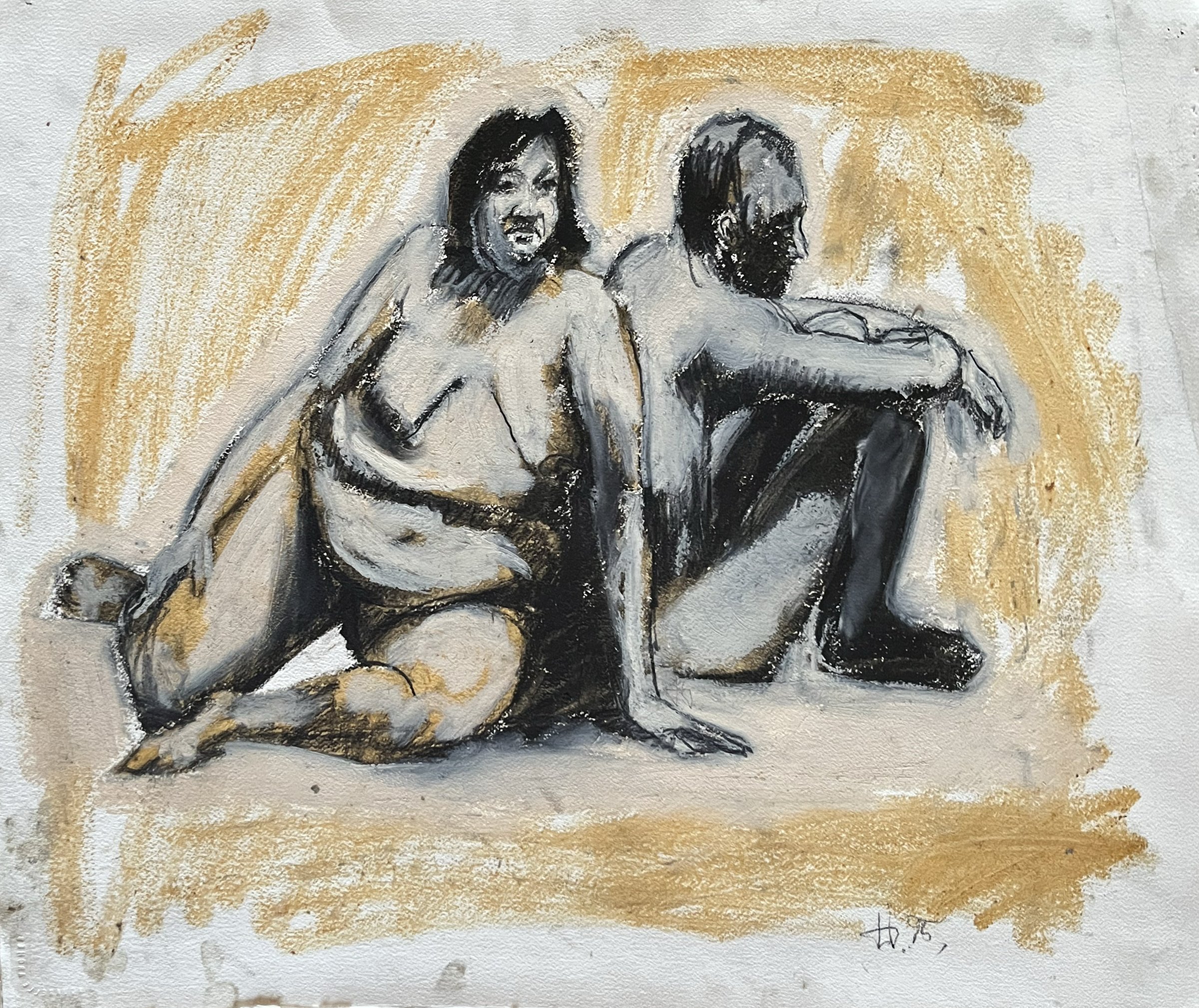



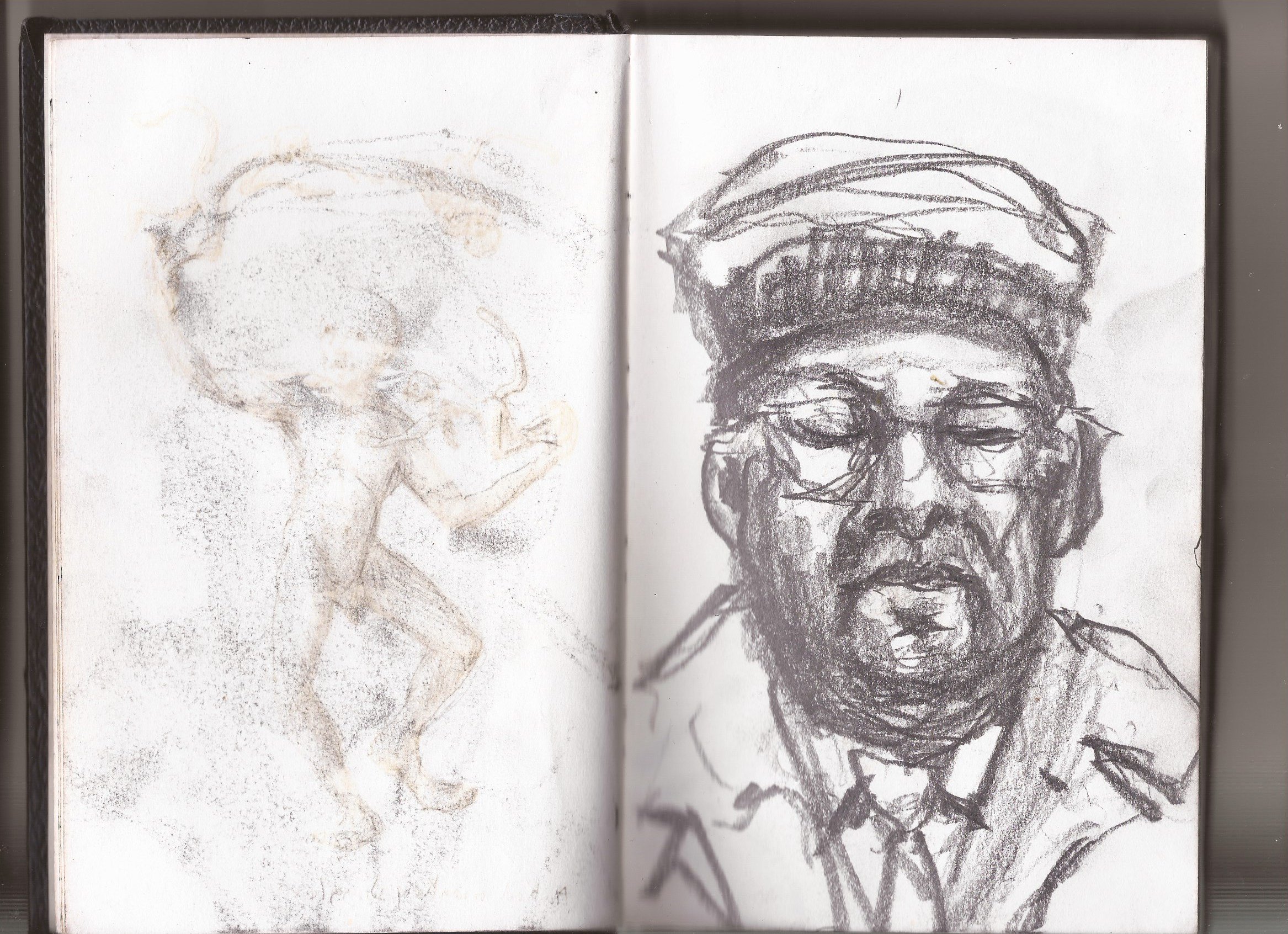
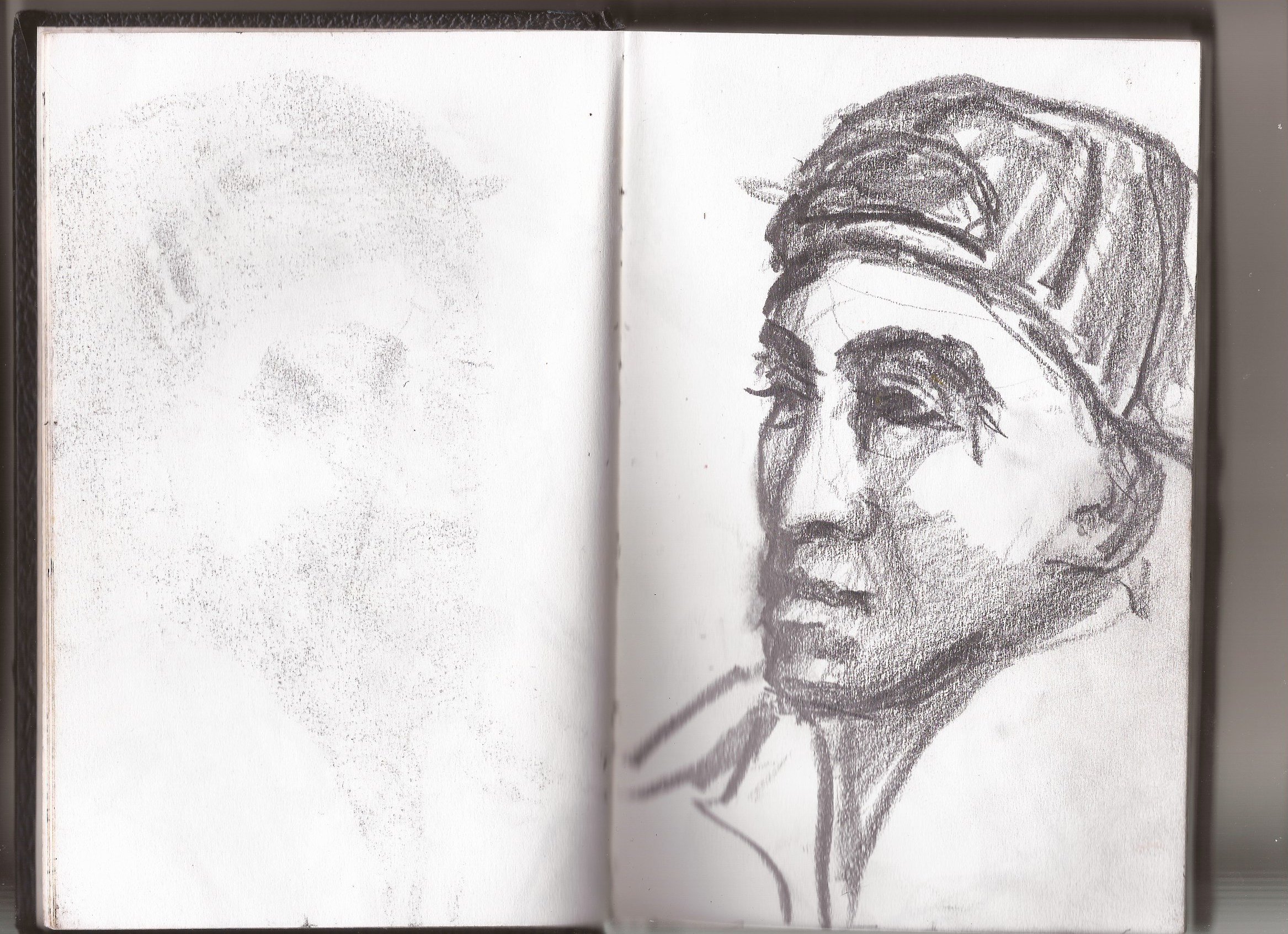
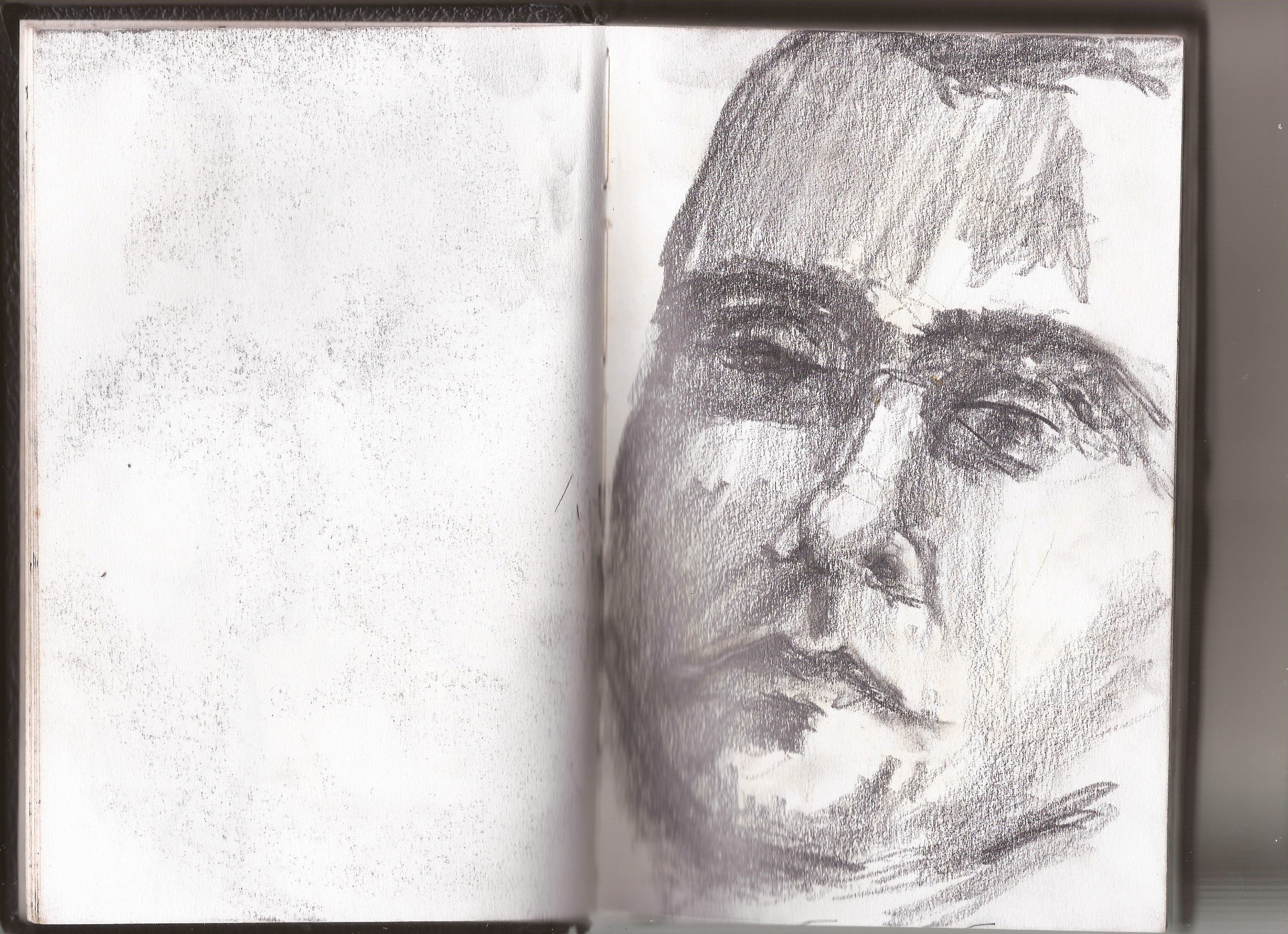
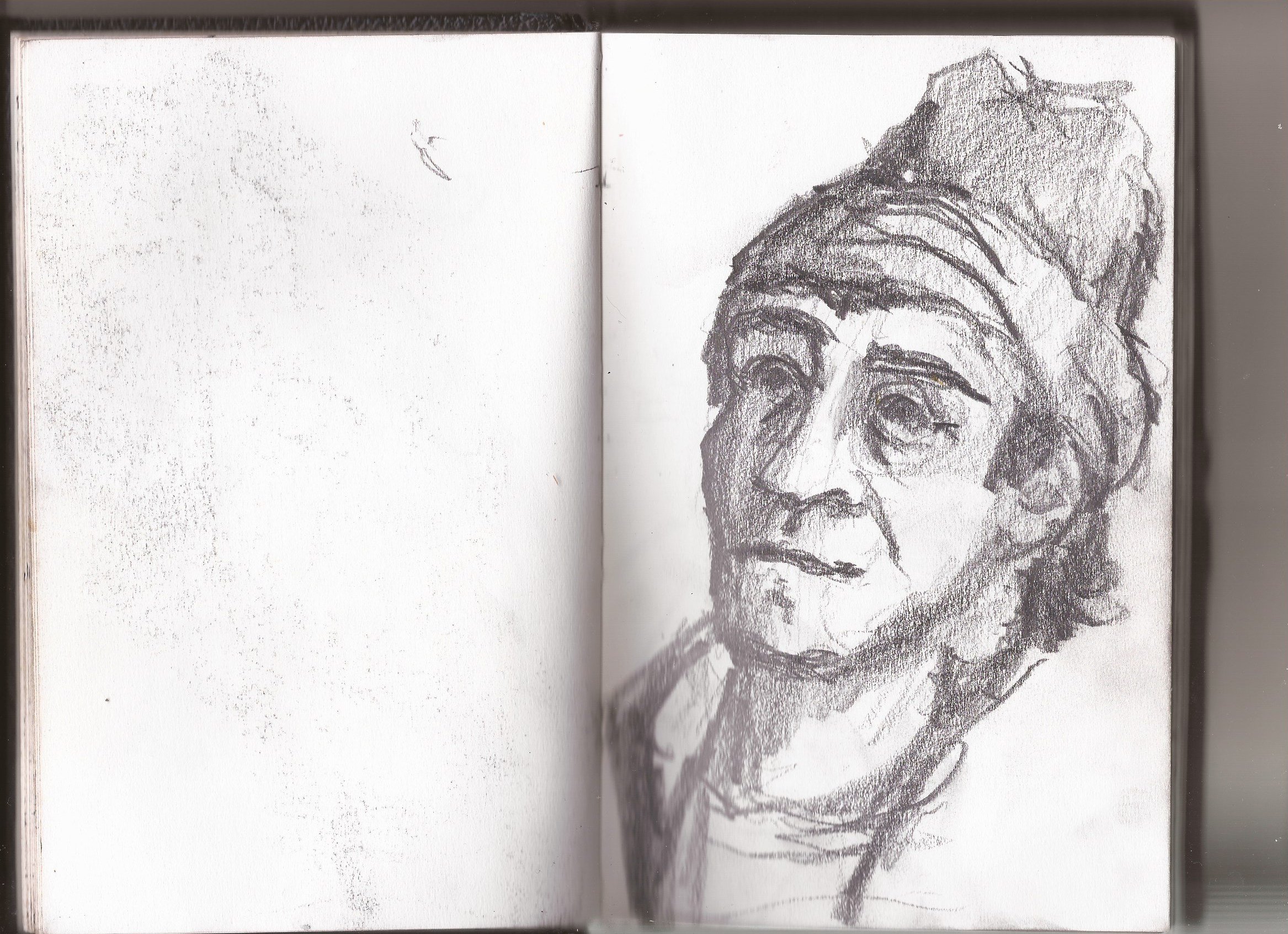

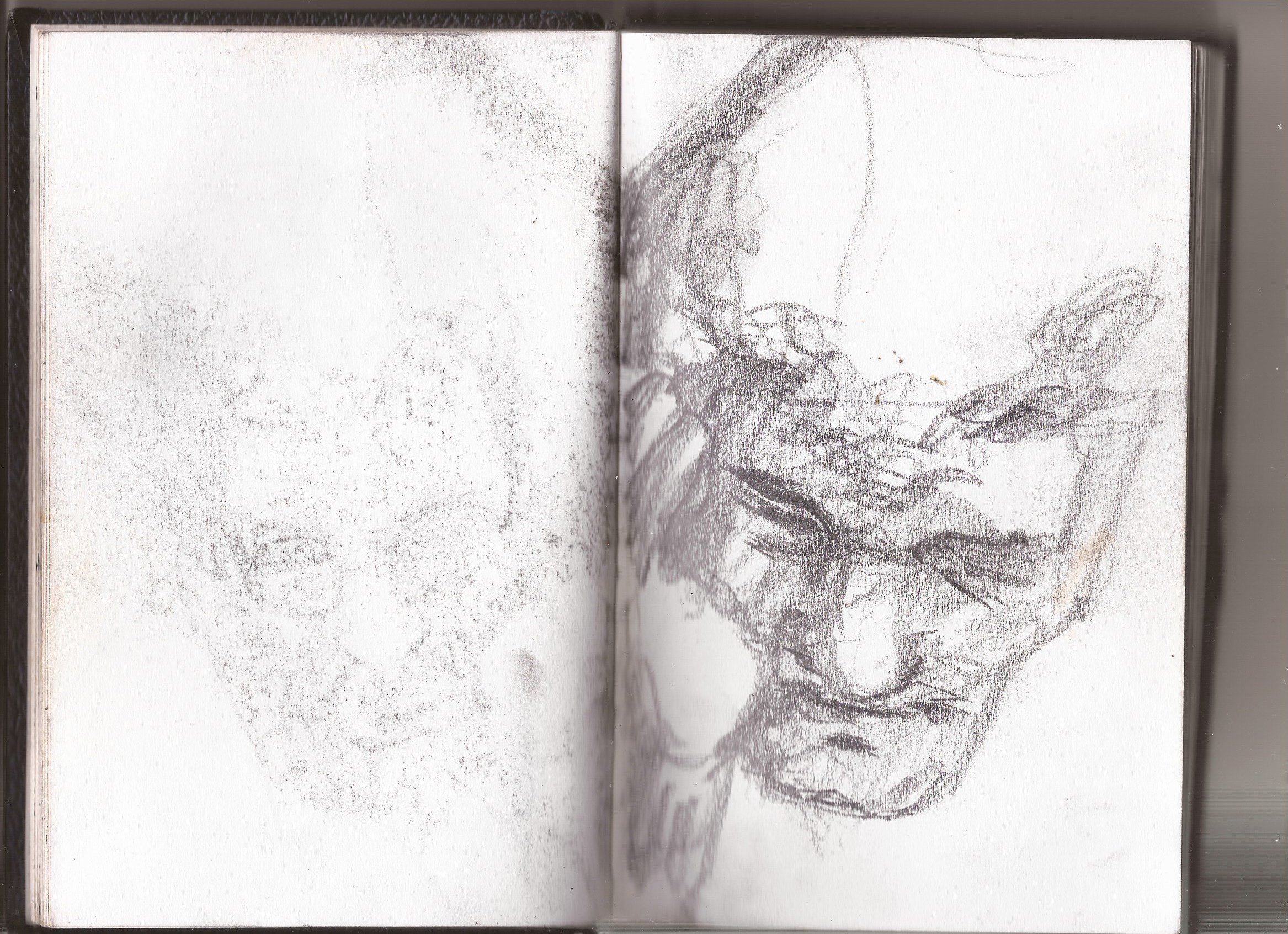
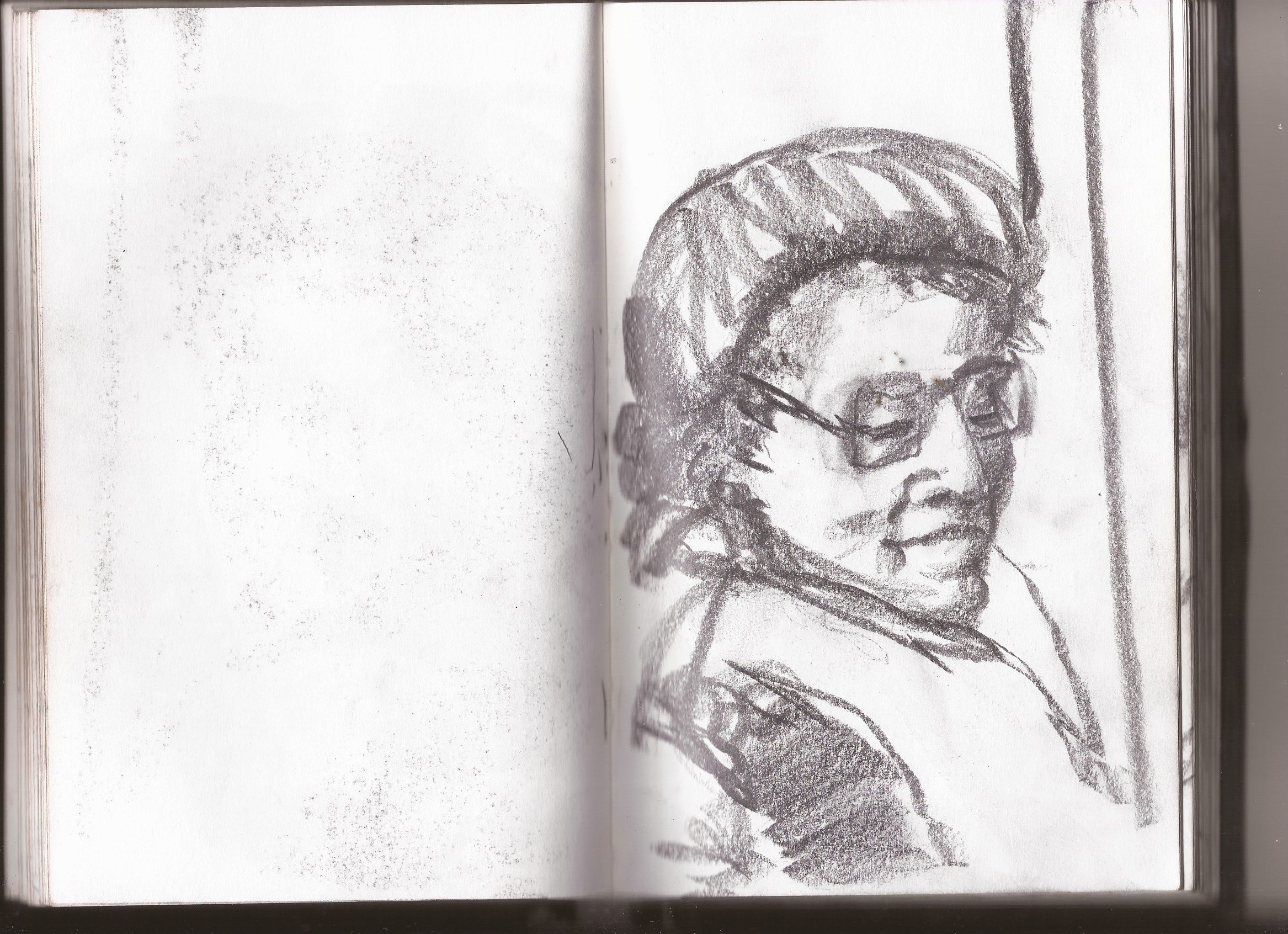
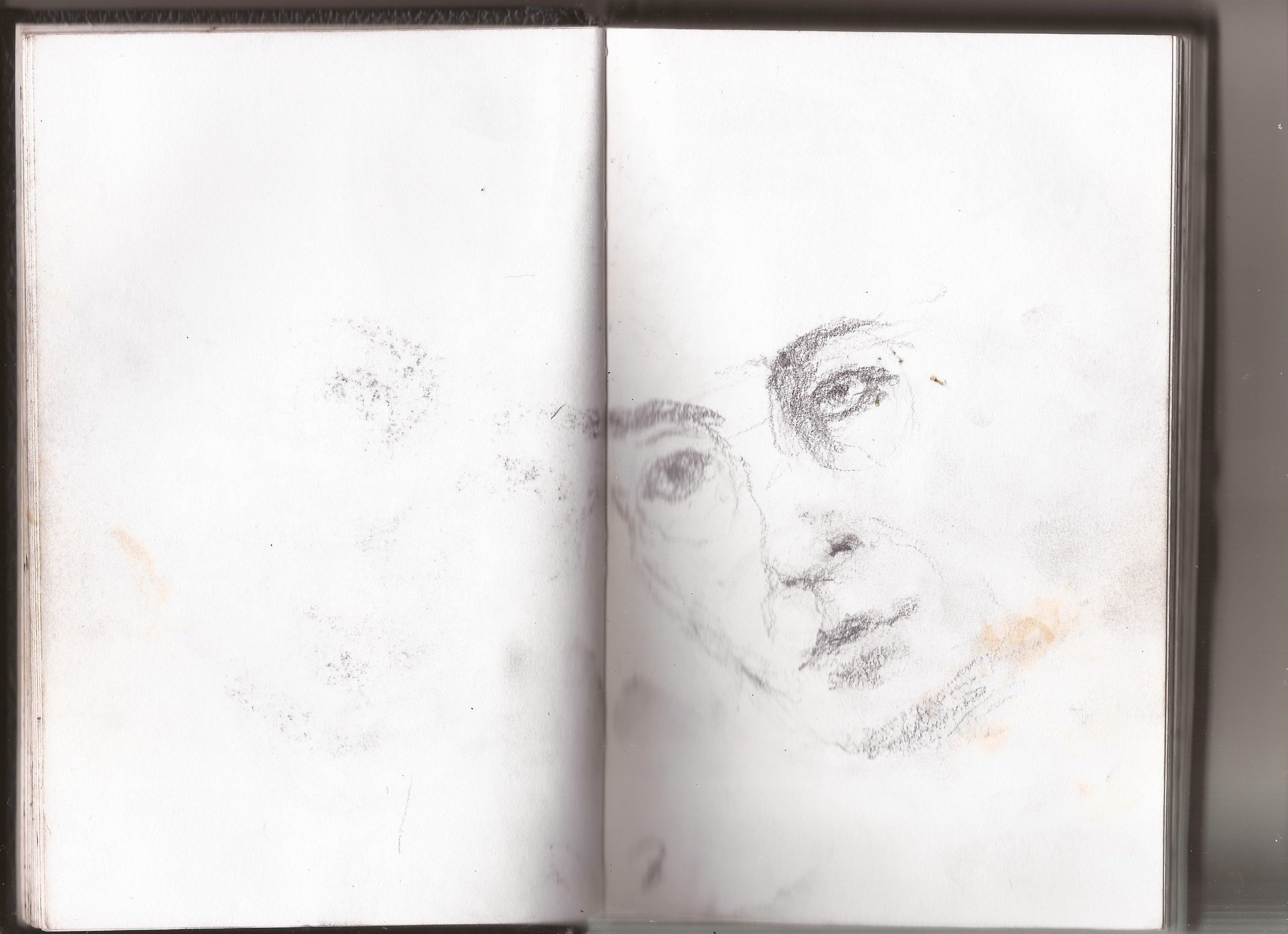
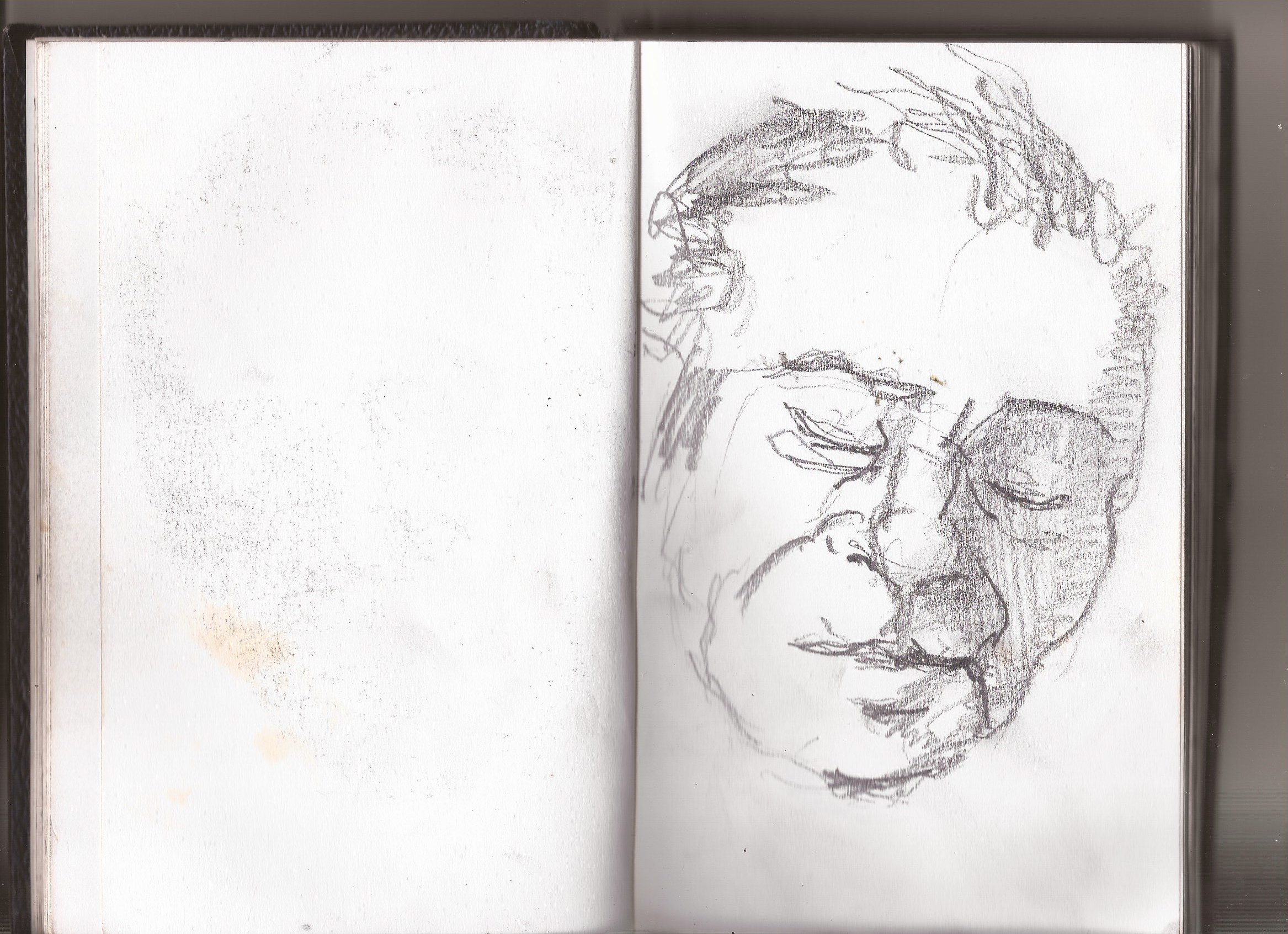
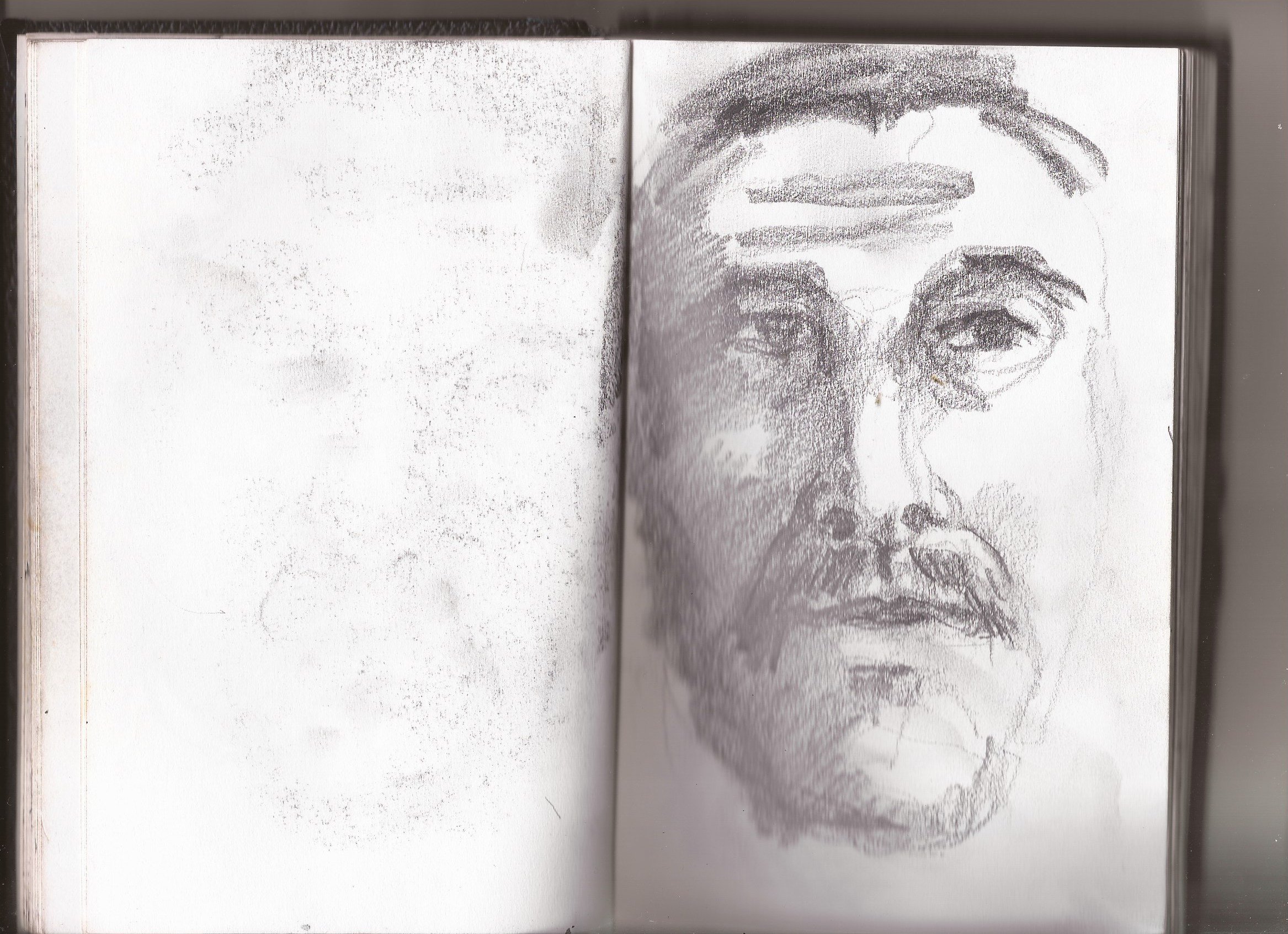
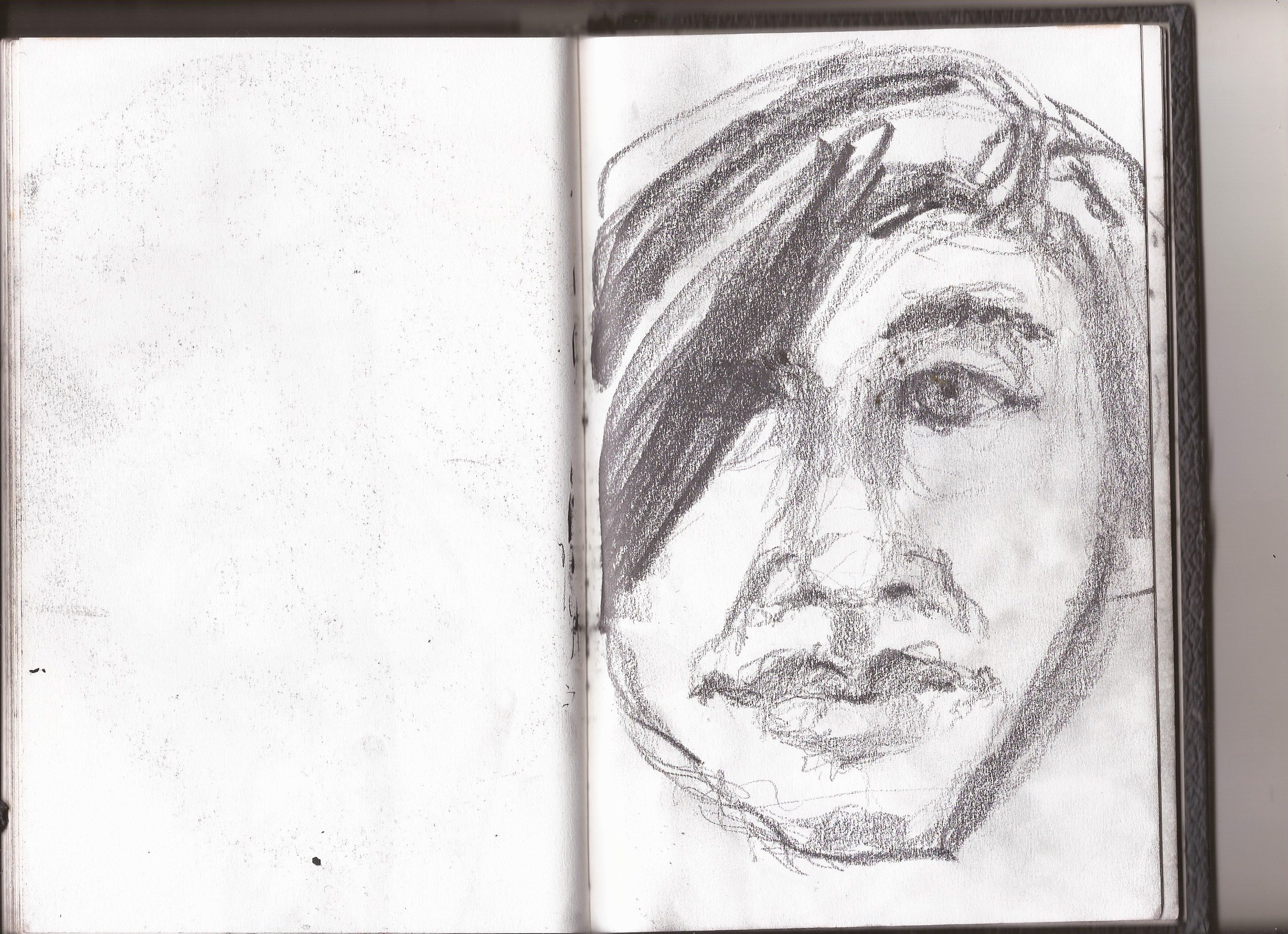
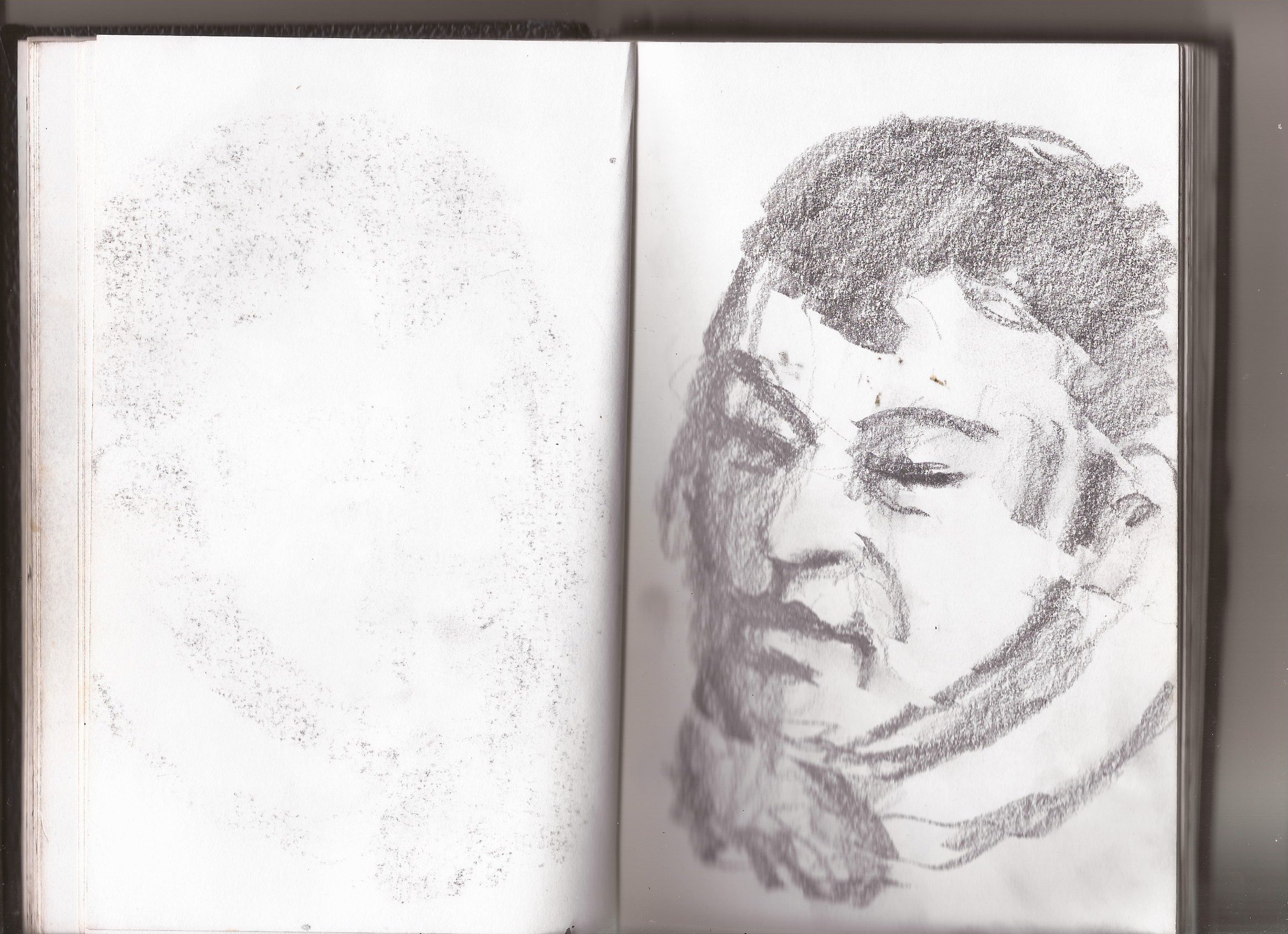
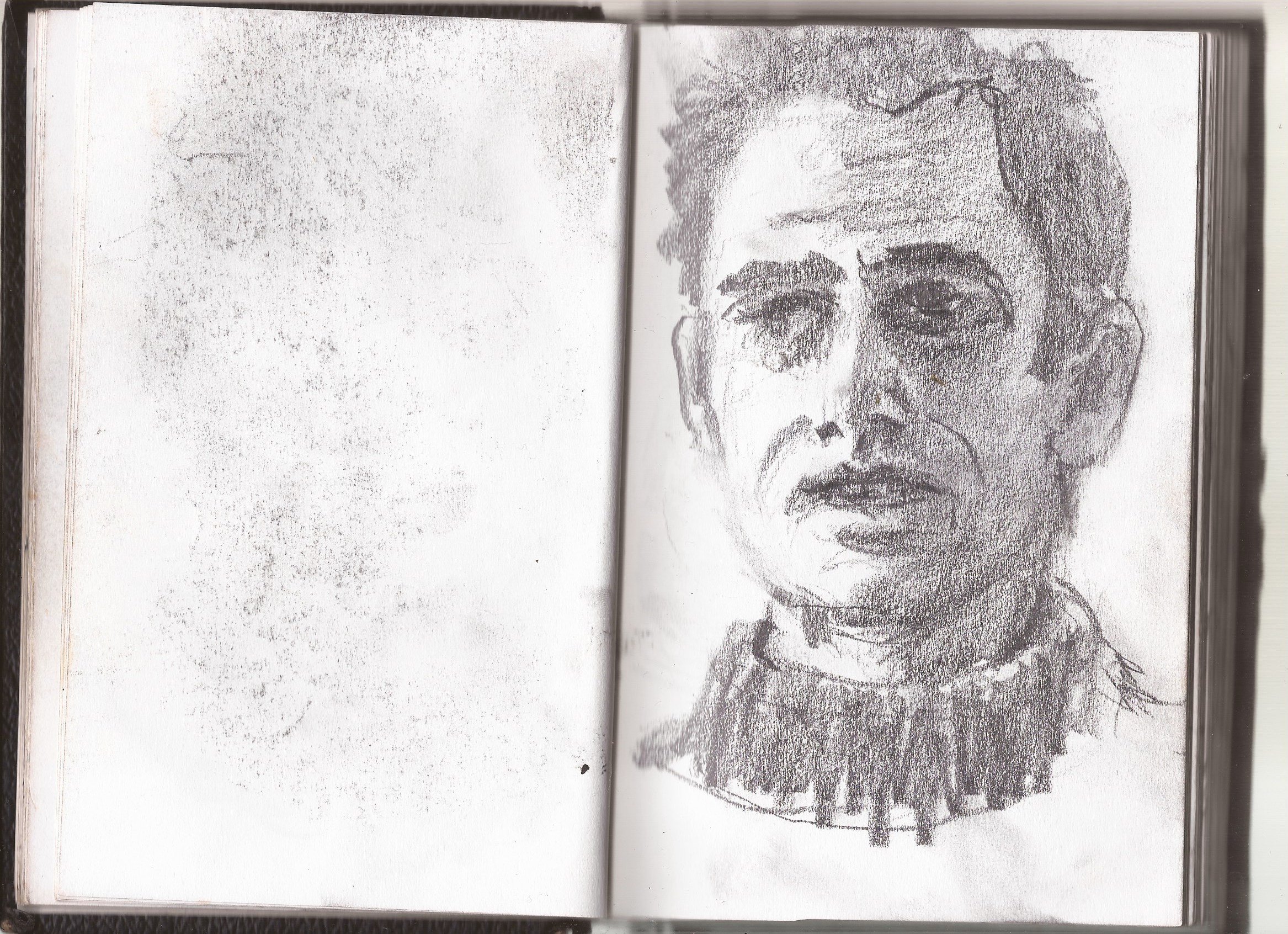
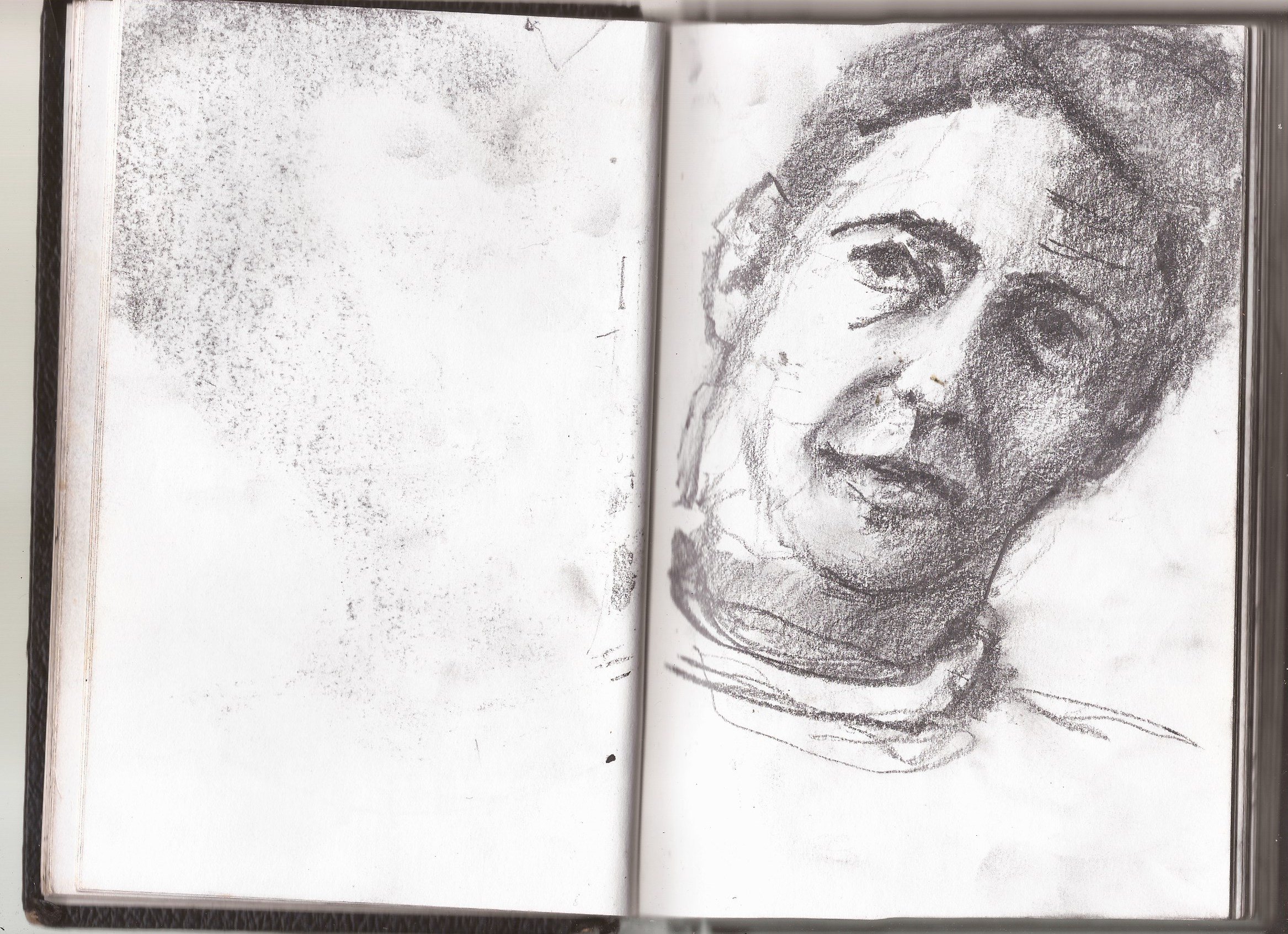
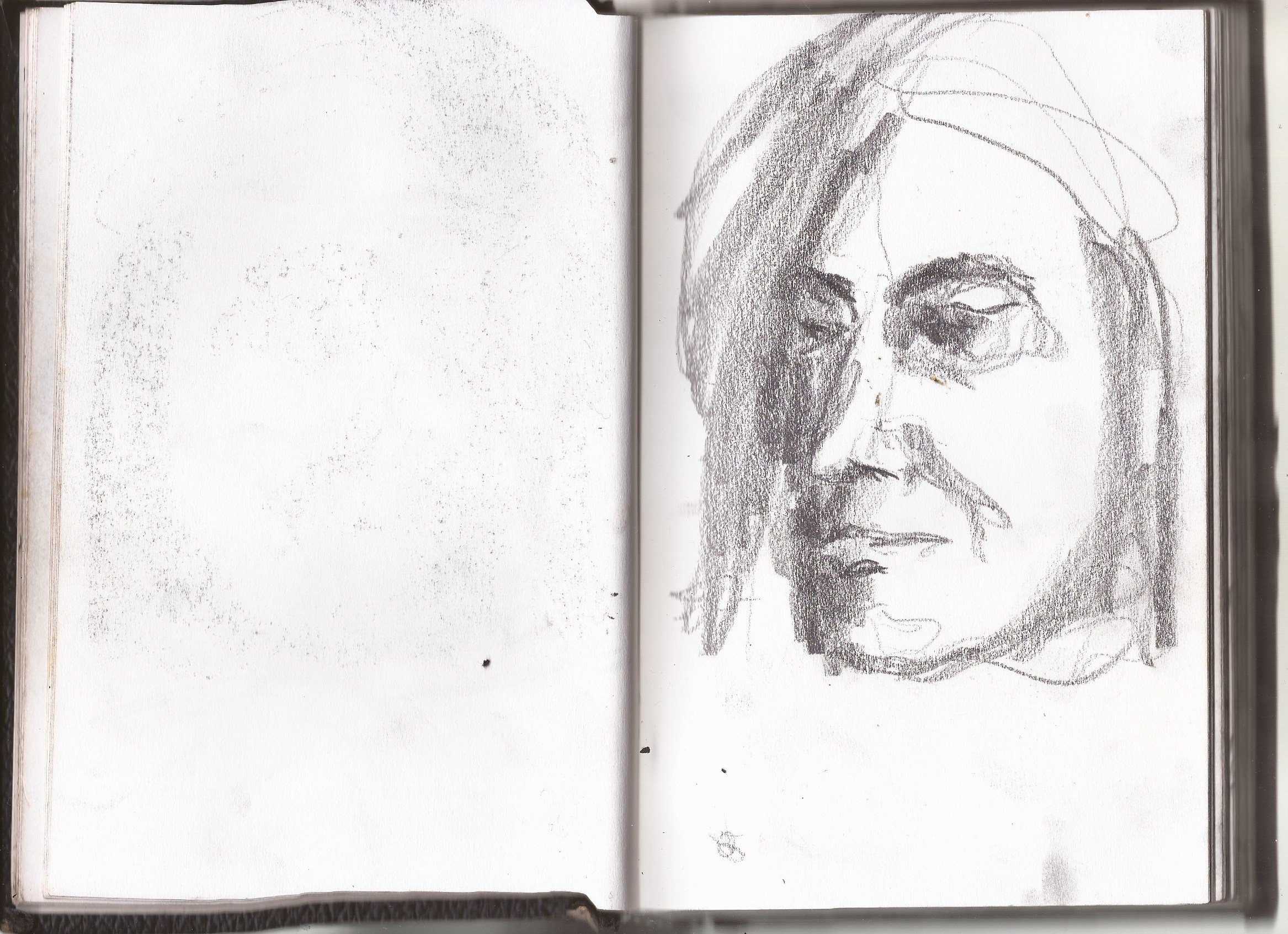
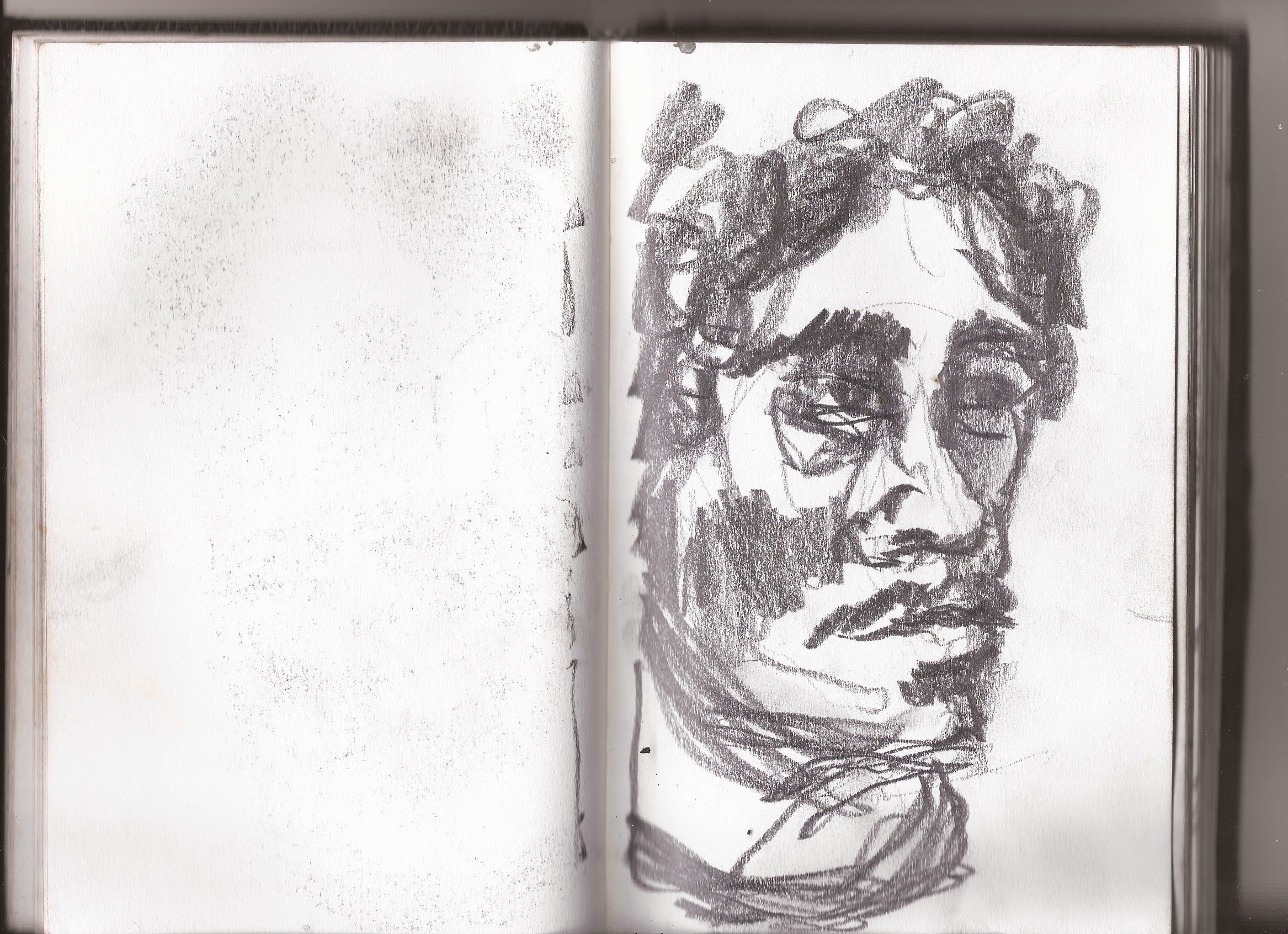
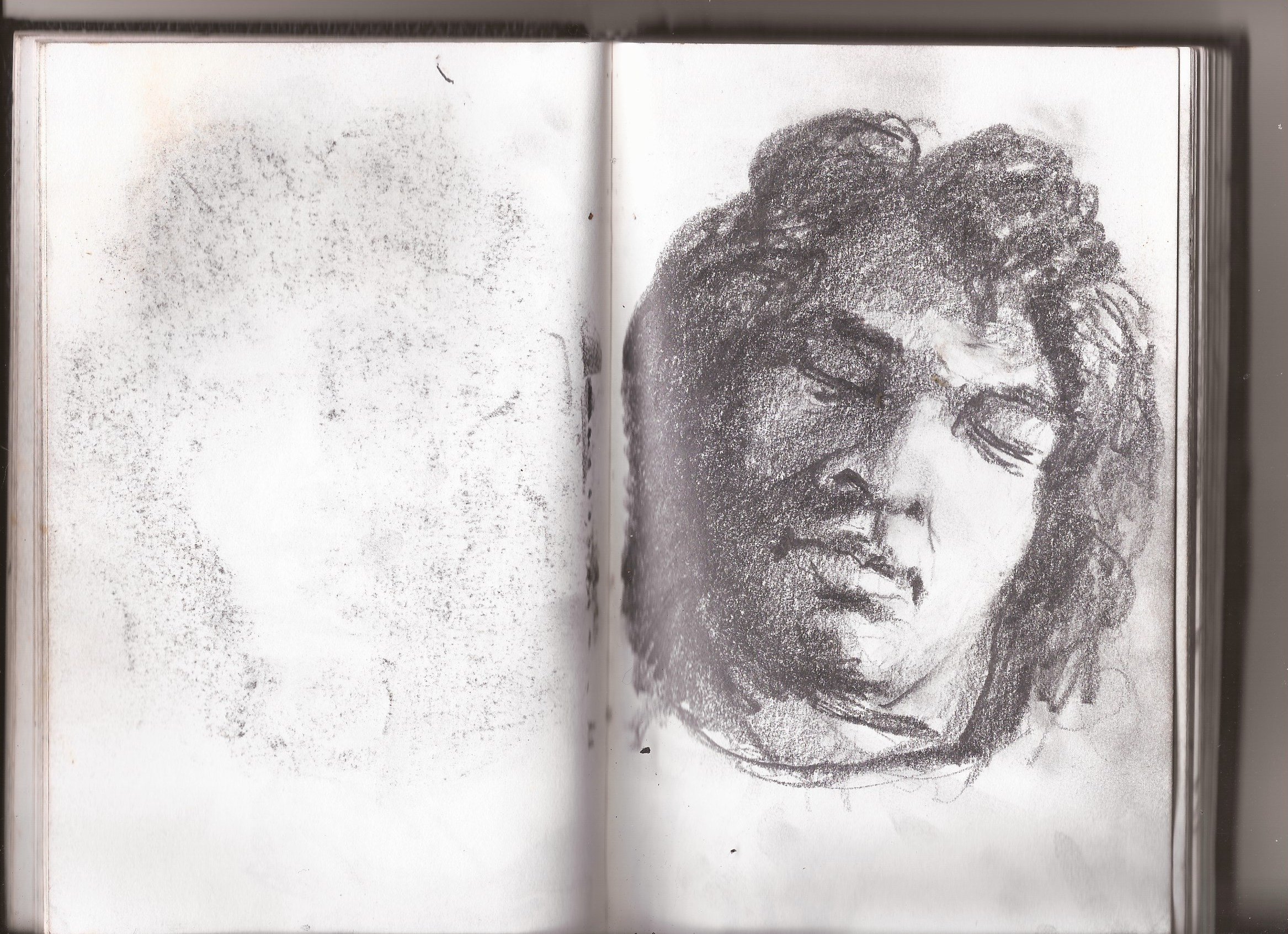
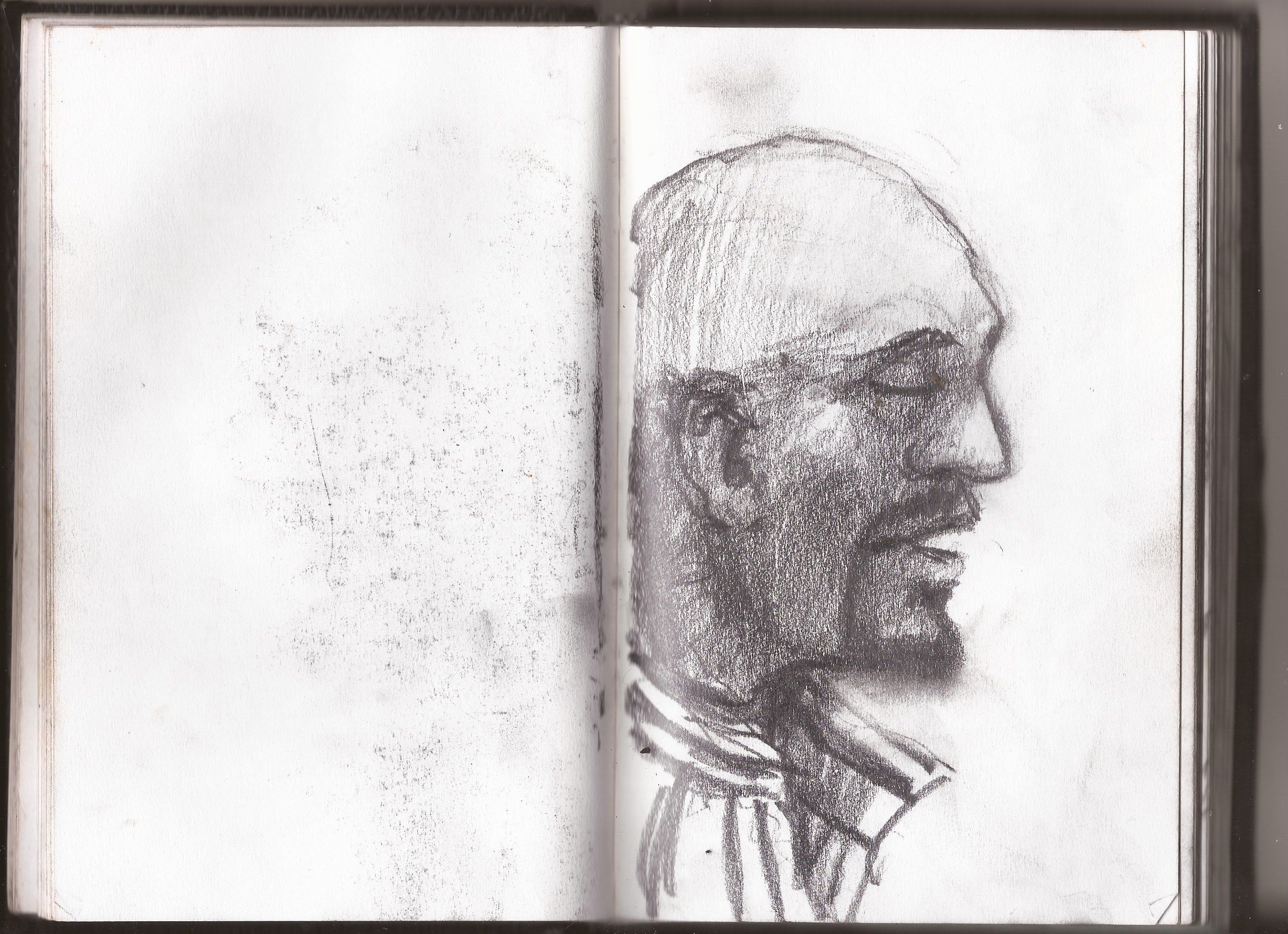
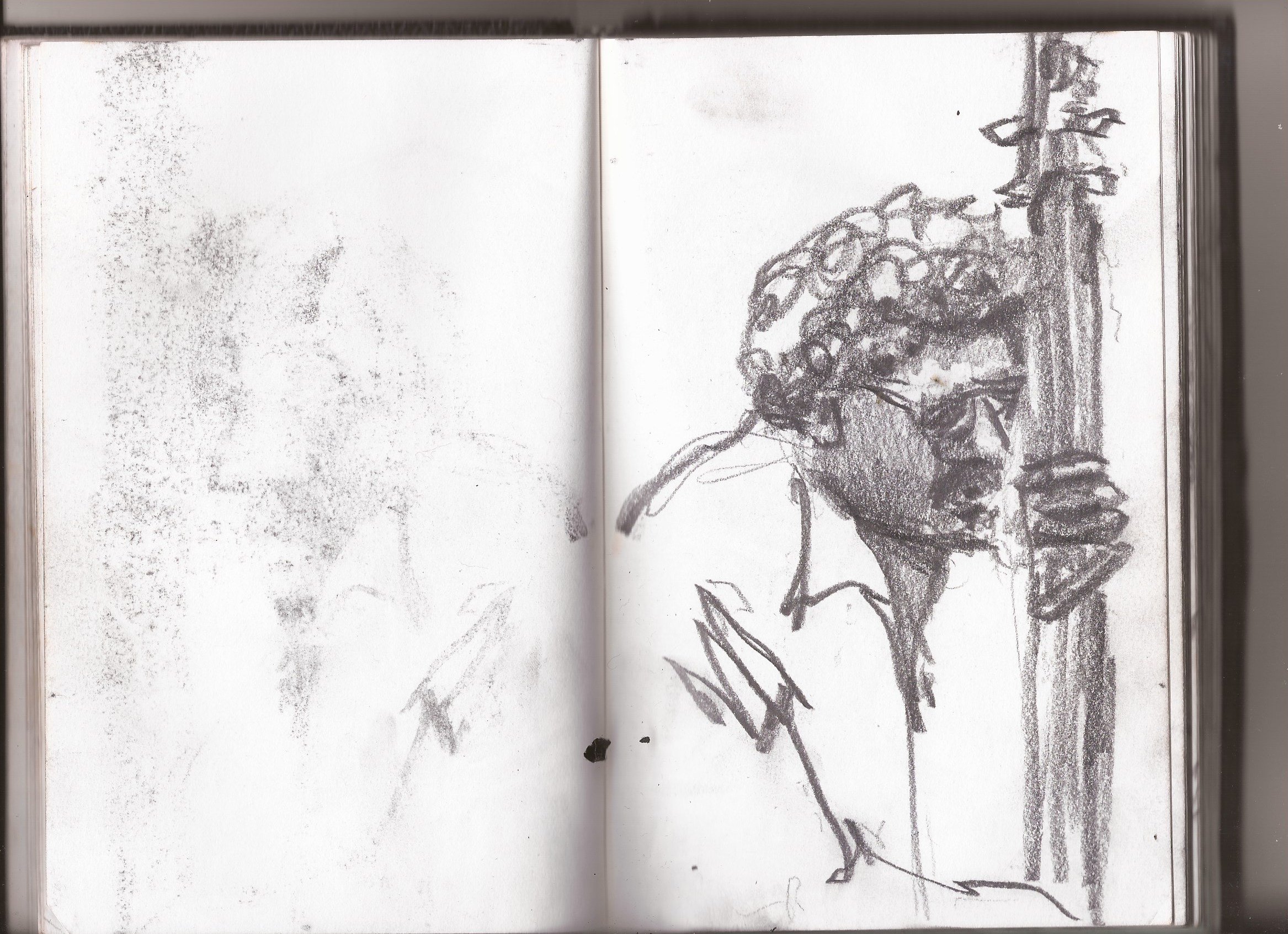
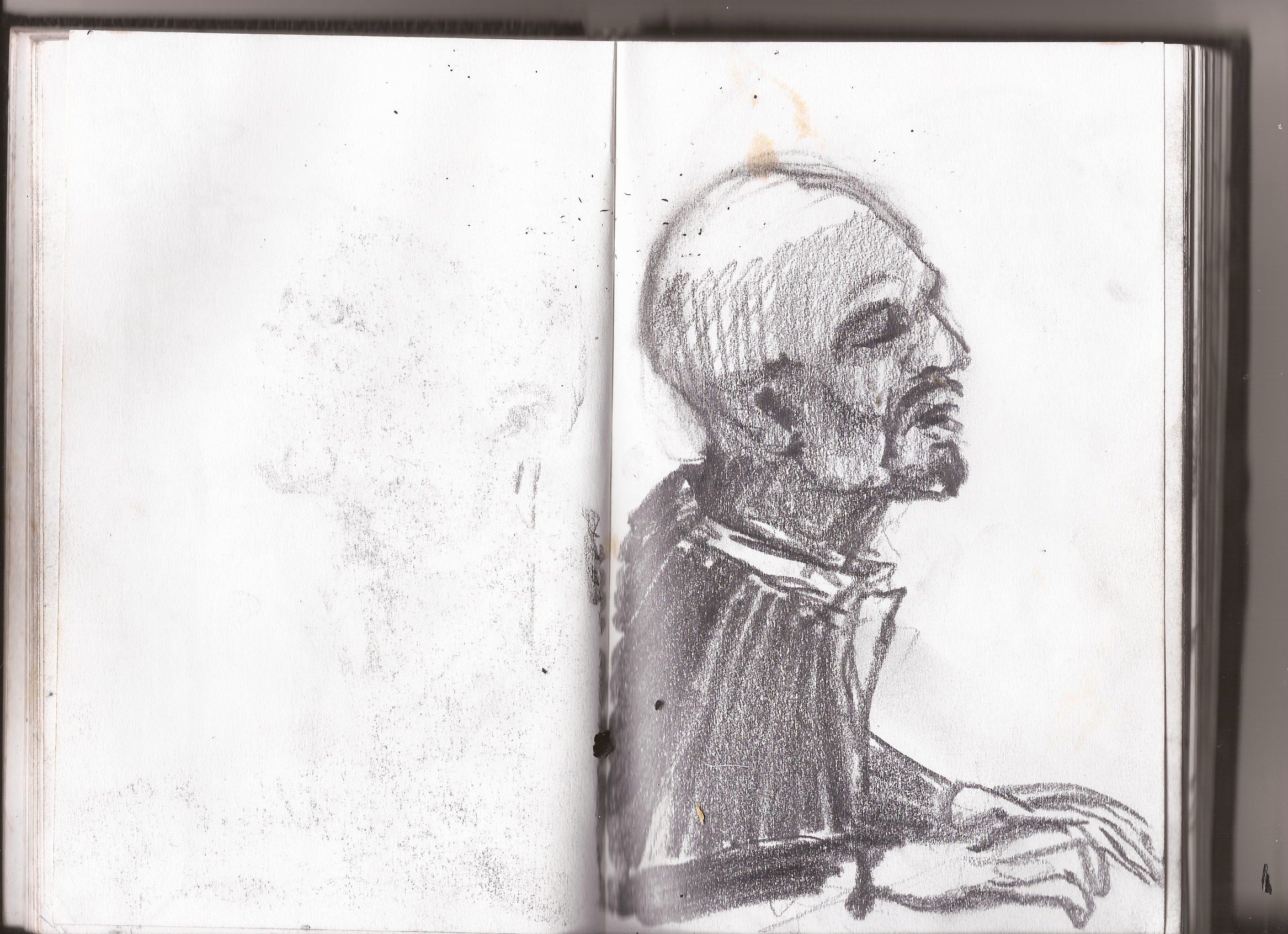
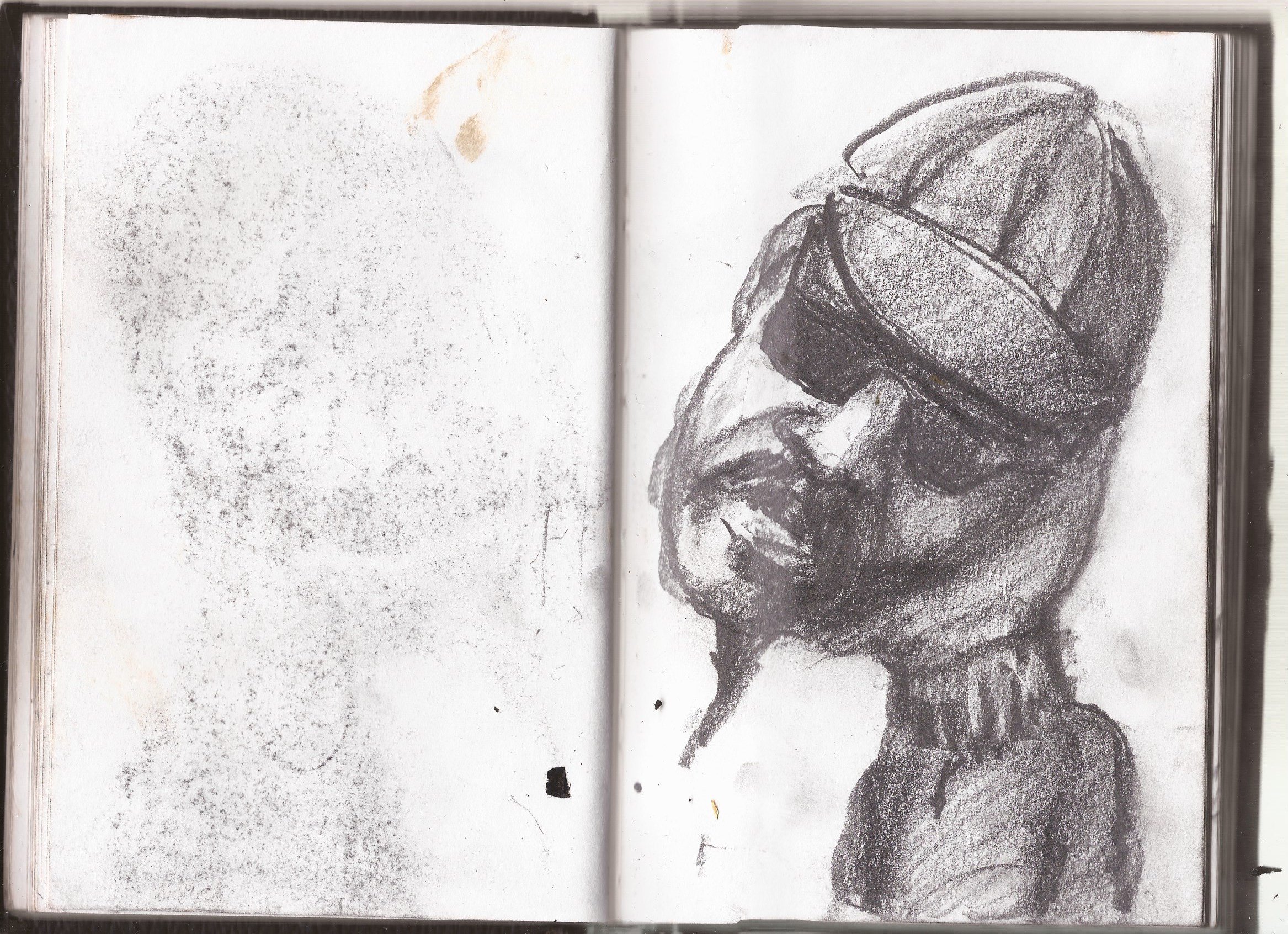
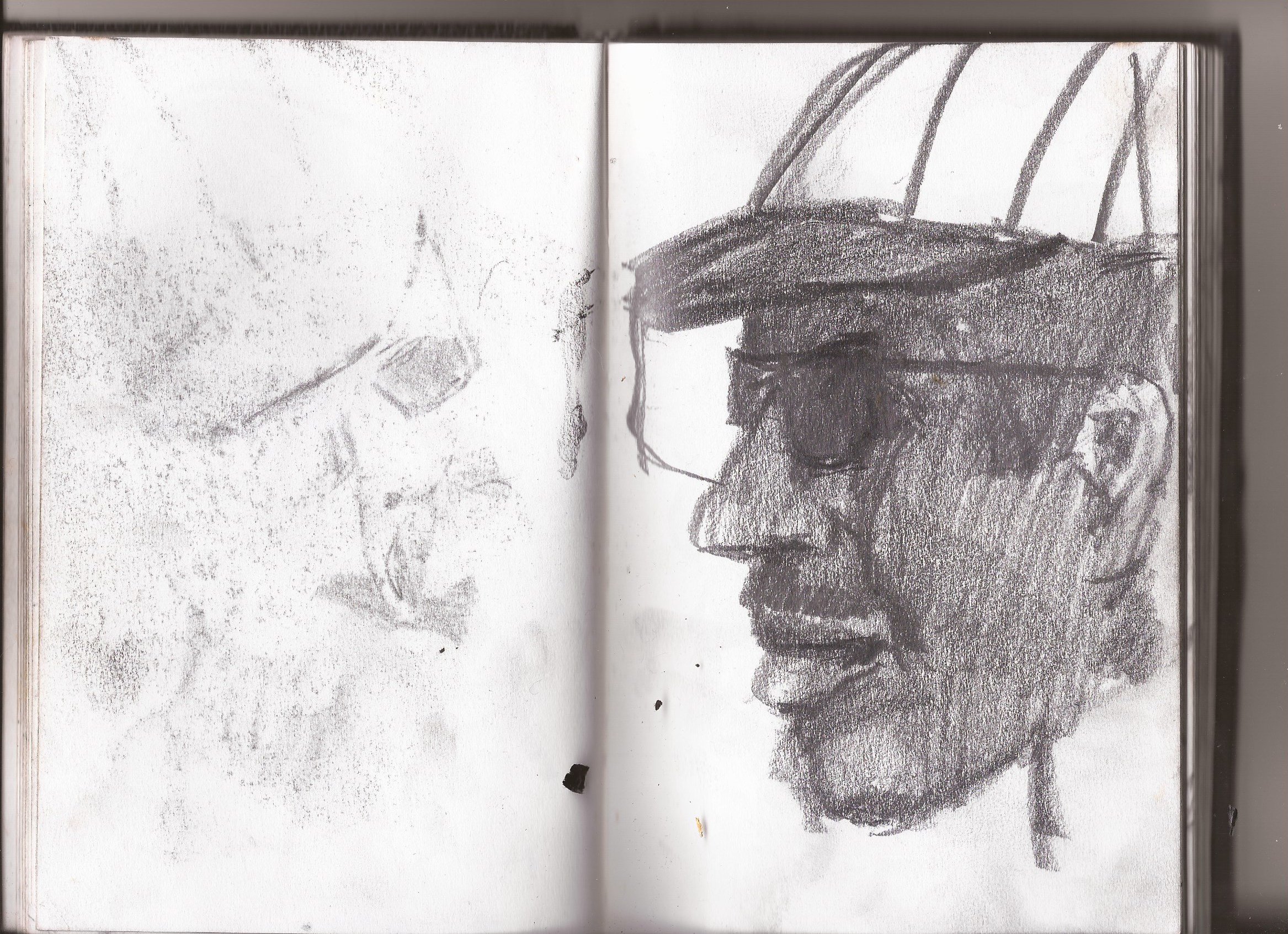
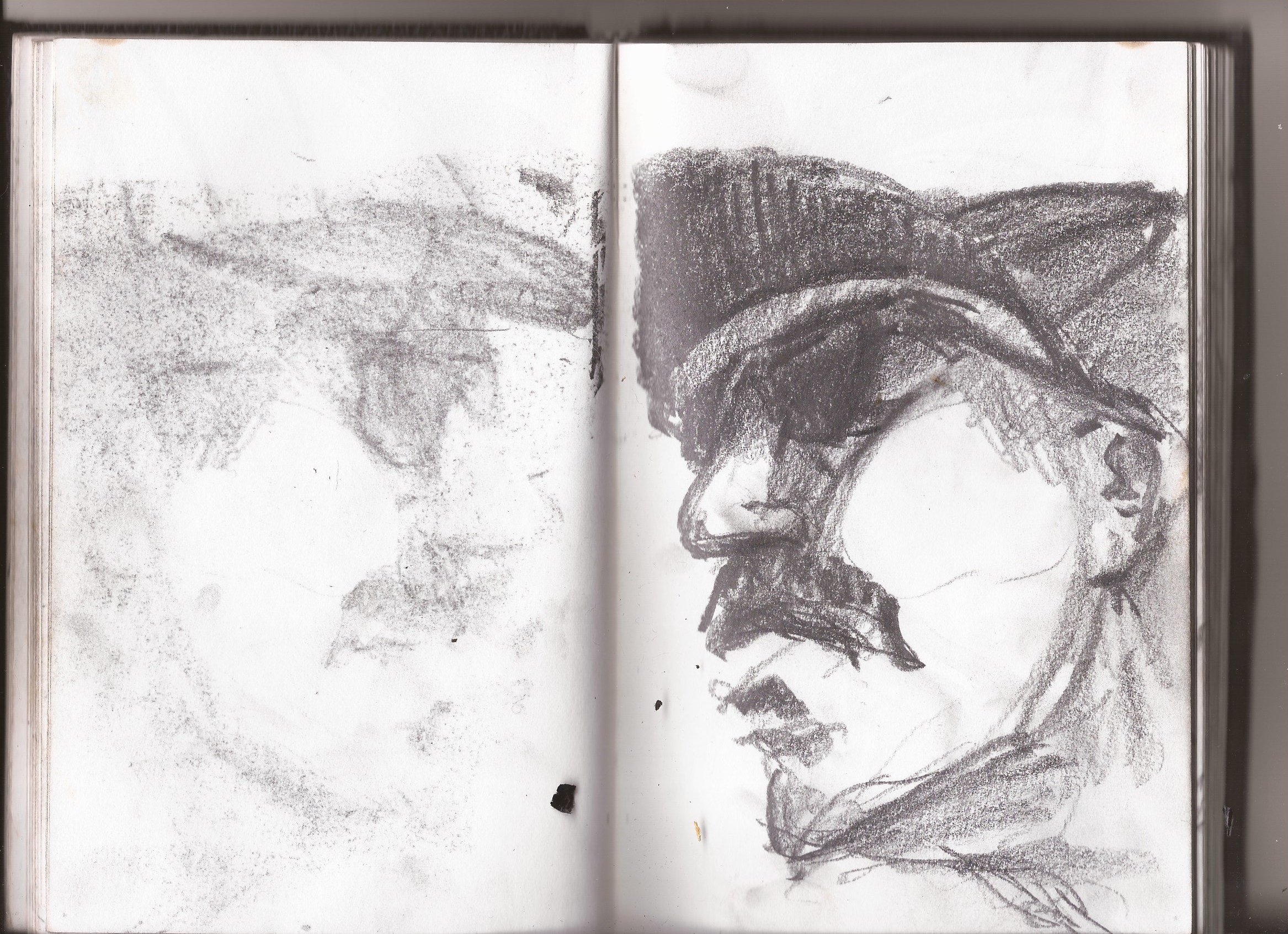
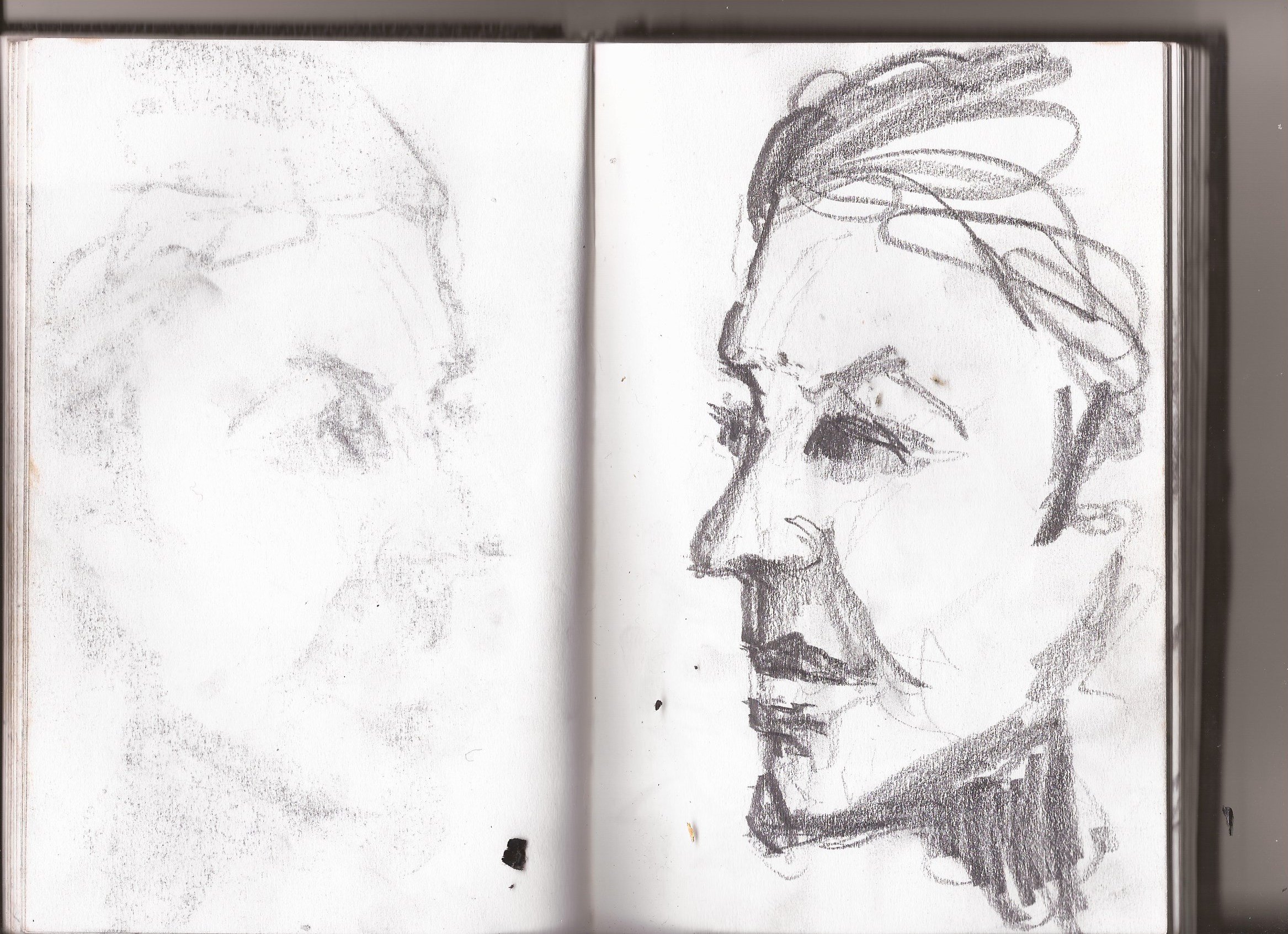




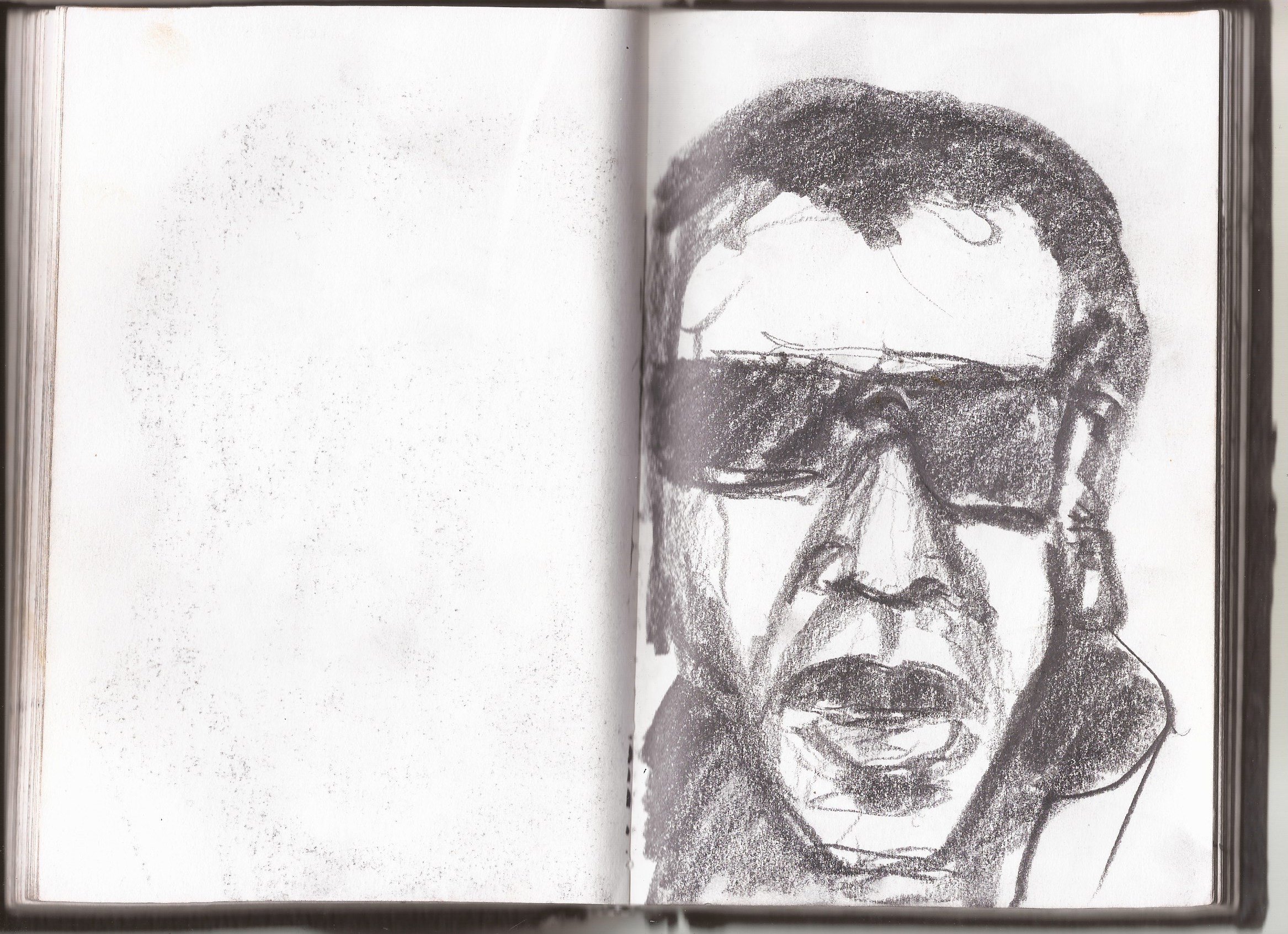
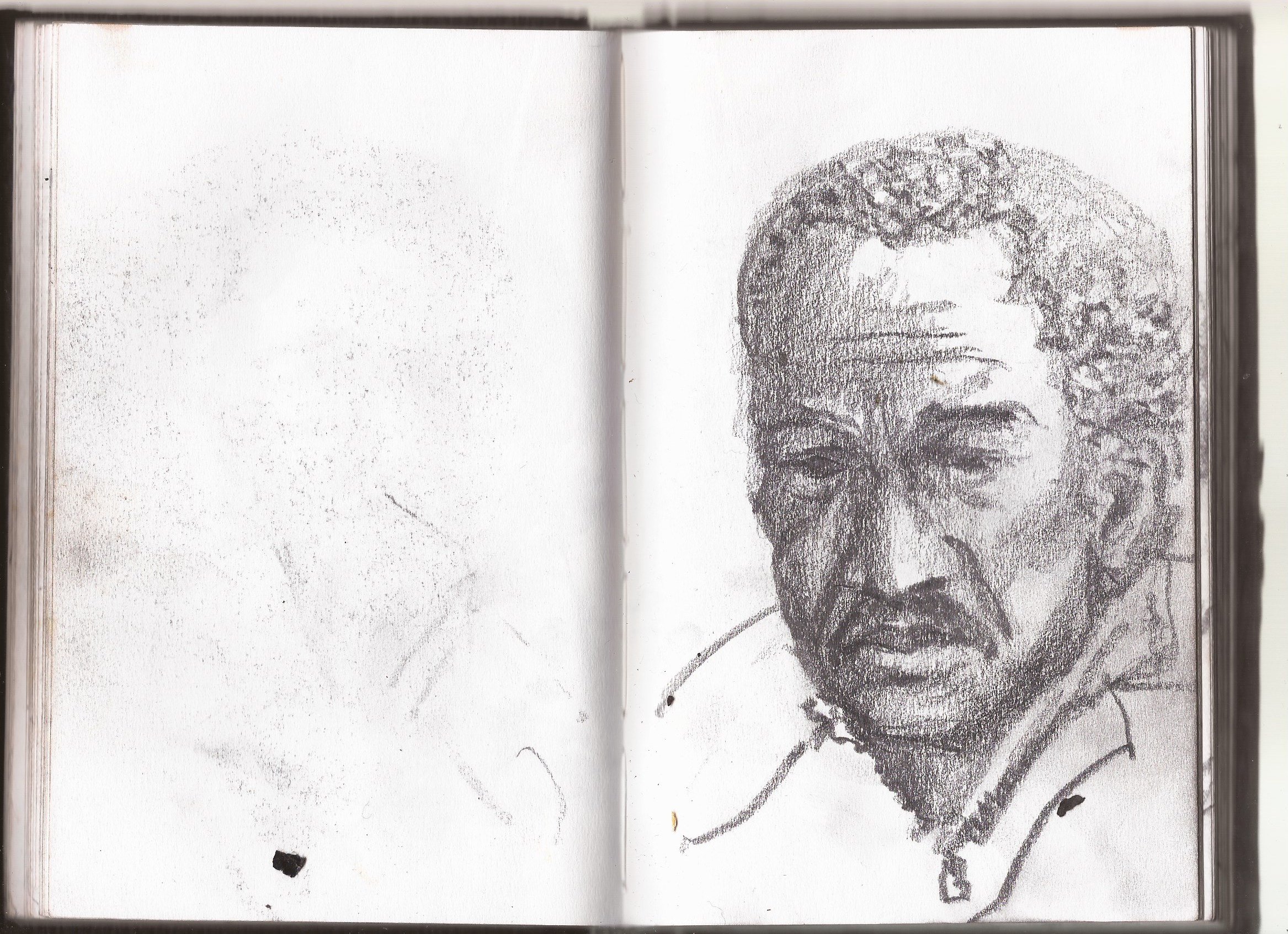
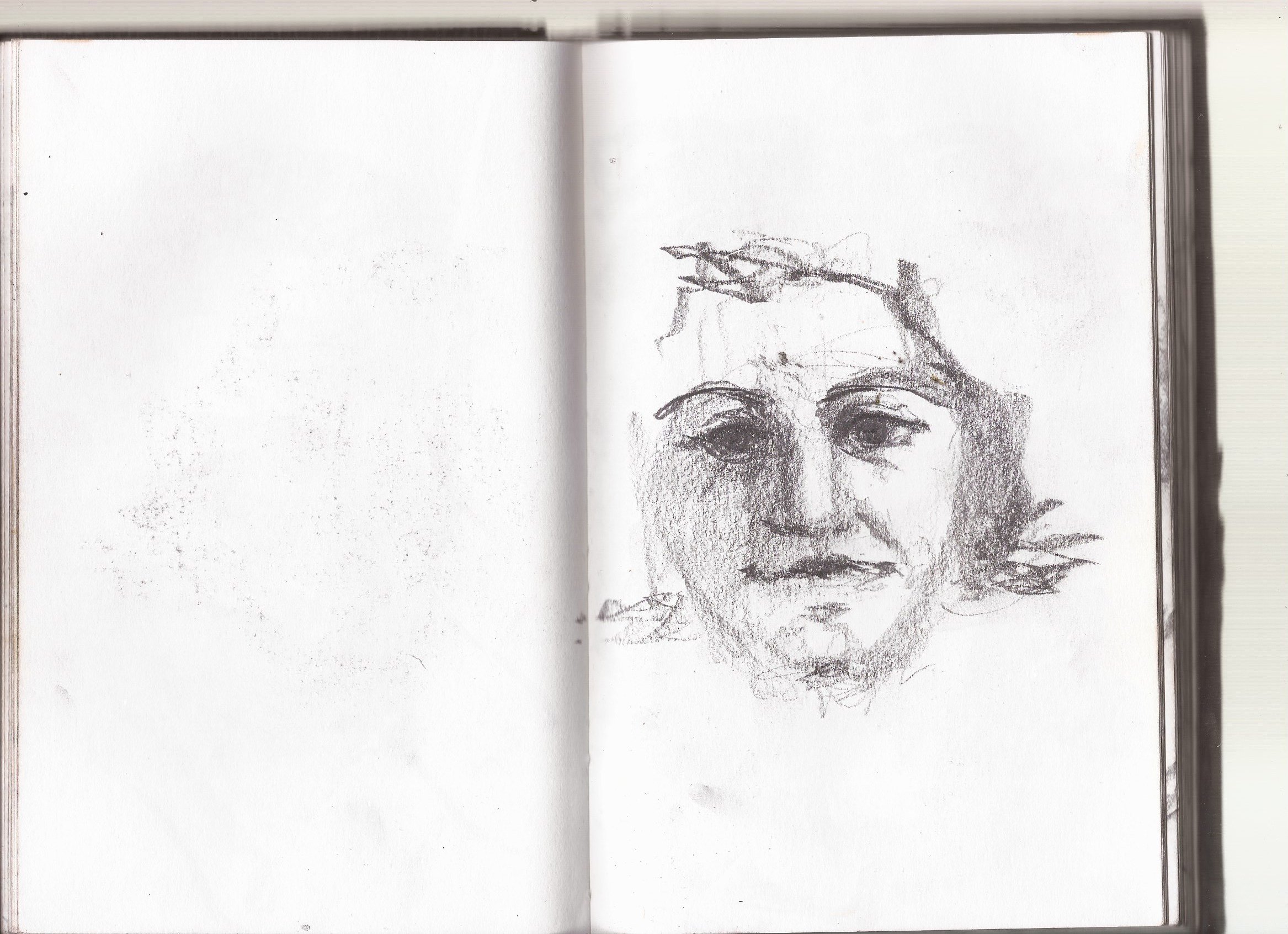


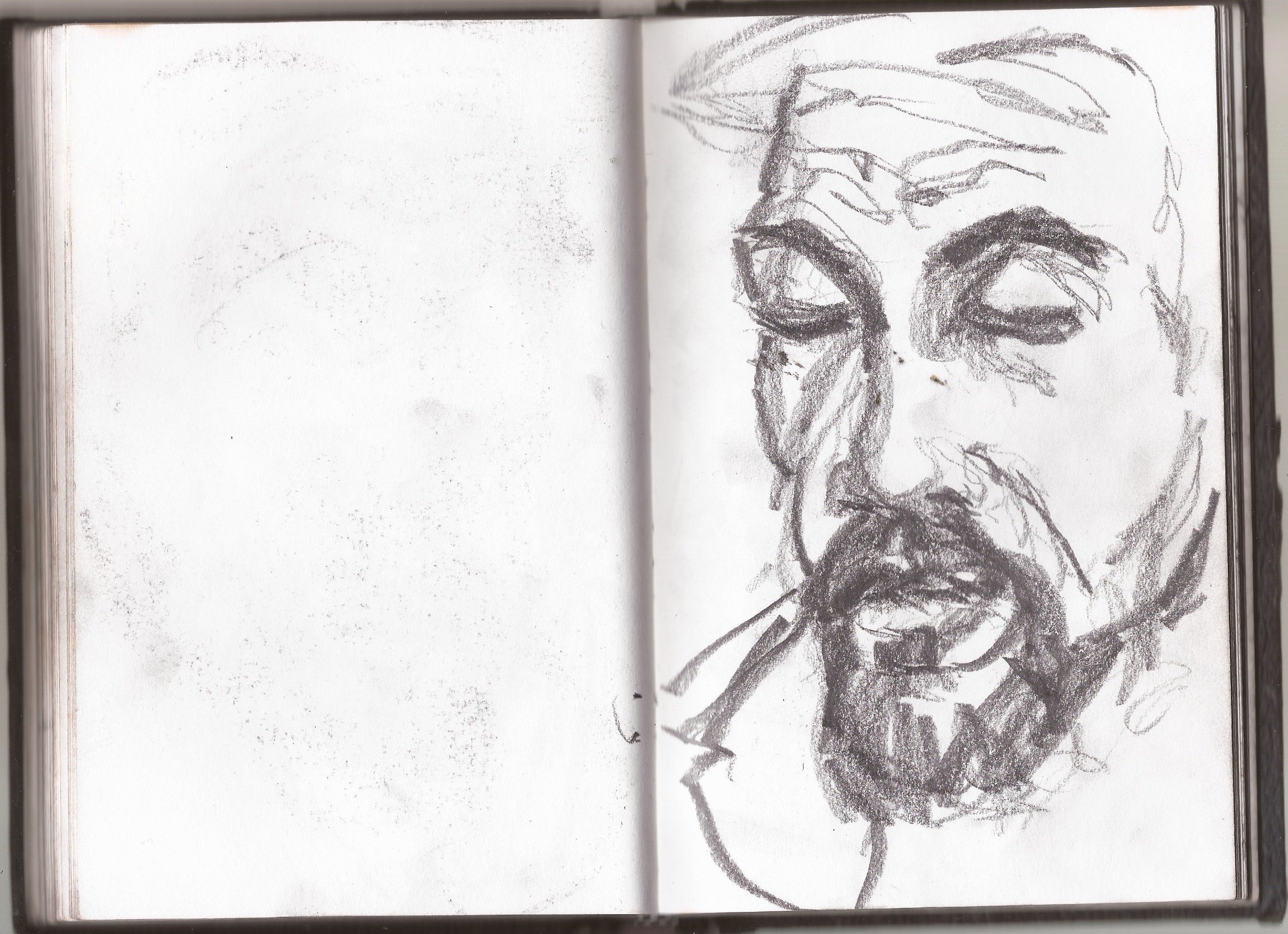
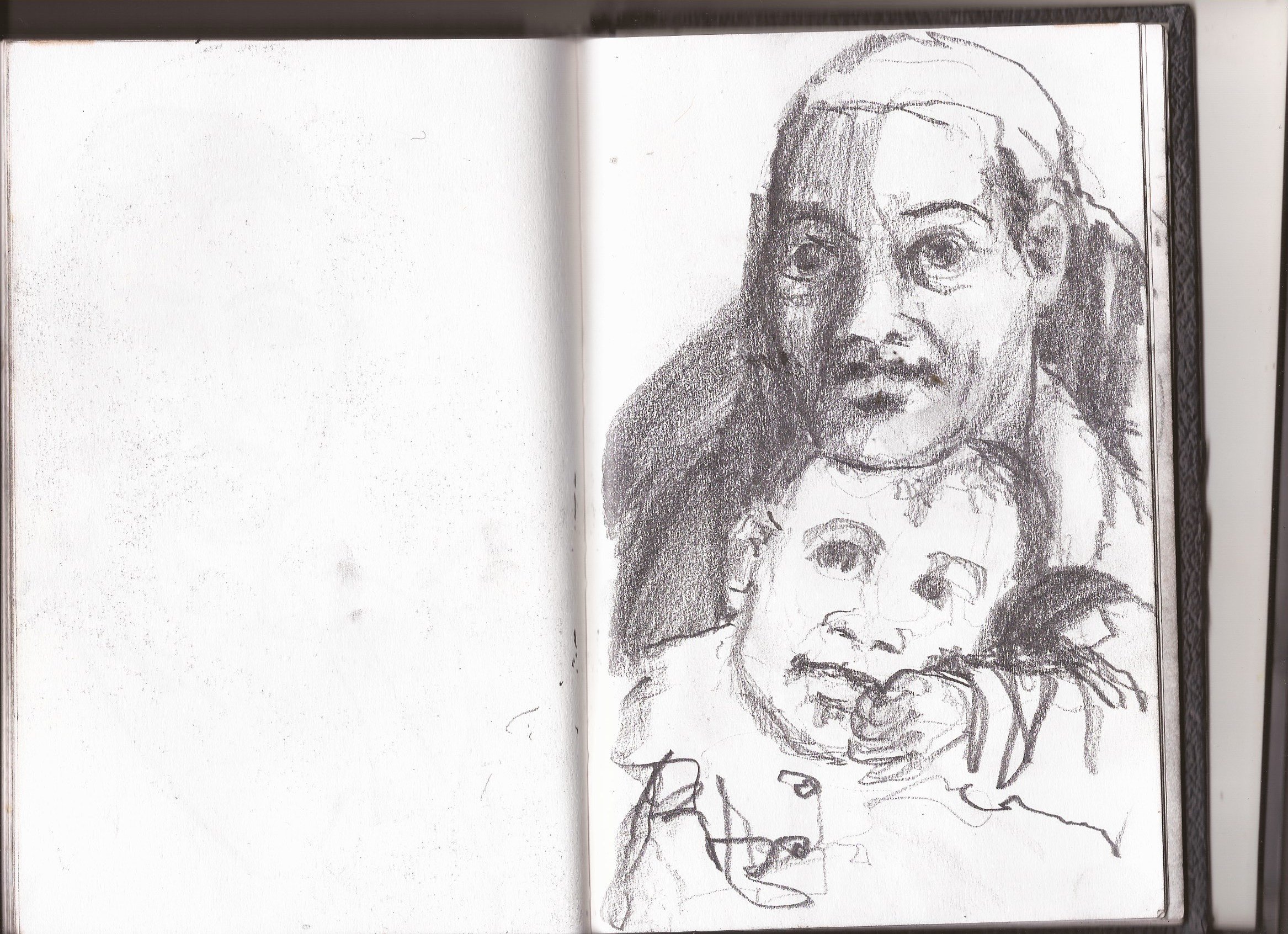

![%22Jump [Drawing I]%22 copy.jpg](https://images.squarespace-cdn.com/content/v1/644d365949a74b0b9d1ede58/53c3b5f9-9468-4027-919b-f20fee00e29c/%2522Jump+%5BDrawing+I%5D%2522+copy.jpg)
![%22Jump [Drawing II]%22 copy.jpg](https://images.squarespace-cdn.com/content/v1/644d365949a74b0b9d1ede58/fea6a8d0-dc53-4257-a2d5-cc241a17c88f/%2522Jump+%5BDrawing+II%5D%2522+copy.jpg)
![%22Jump [Drawing III]%22 copy.jpg](https://images.squarespace-cdn.com/content/v1/644d365949a74b0b9d1ede58/27bb5526-4eb1-4682-b392-720222ff04a1/%2522Jump+%5BDrawing+III%5D%2522+copy.jpg)



![%22Untitled [Debris]%22 copy.jpg](https://images.squarespace-cdn.com/content/v1/644d365949a74b0b9d1ede58/24dccaa6-a662-4a1c-a487-f9d60cb96663/%2522Untitled+%5BDebris%5D%2522+copy.jpg)








